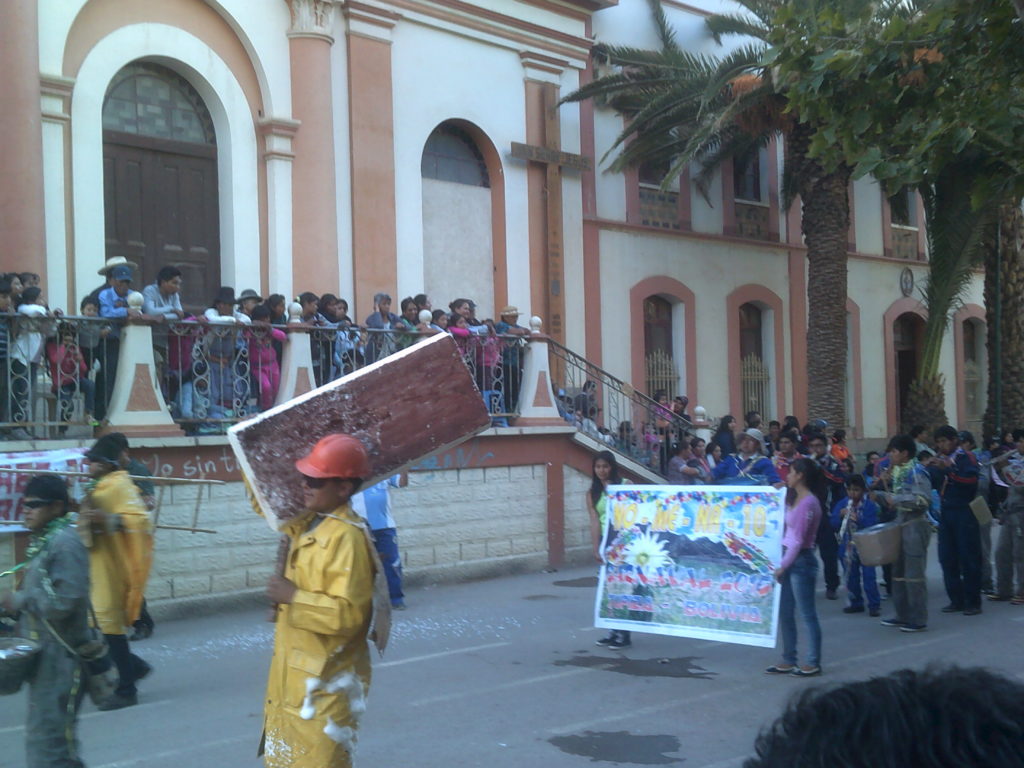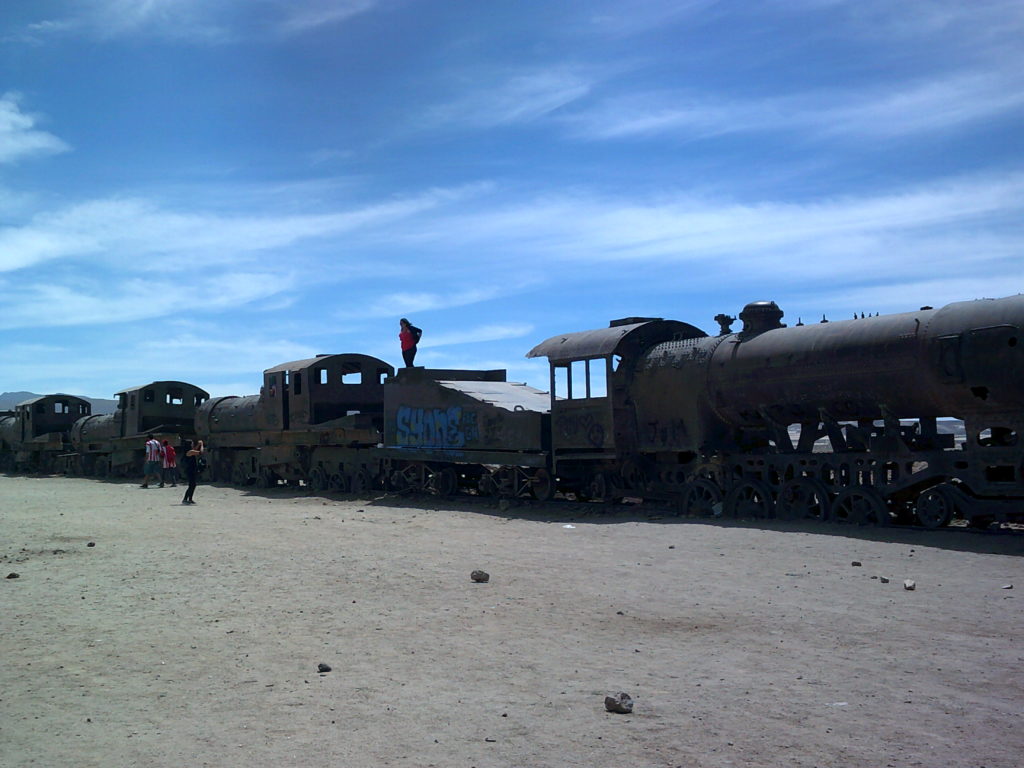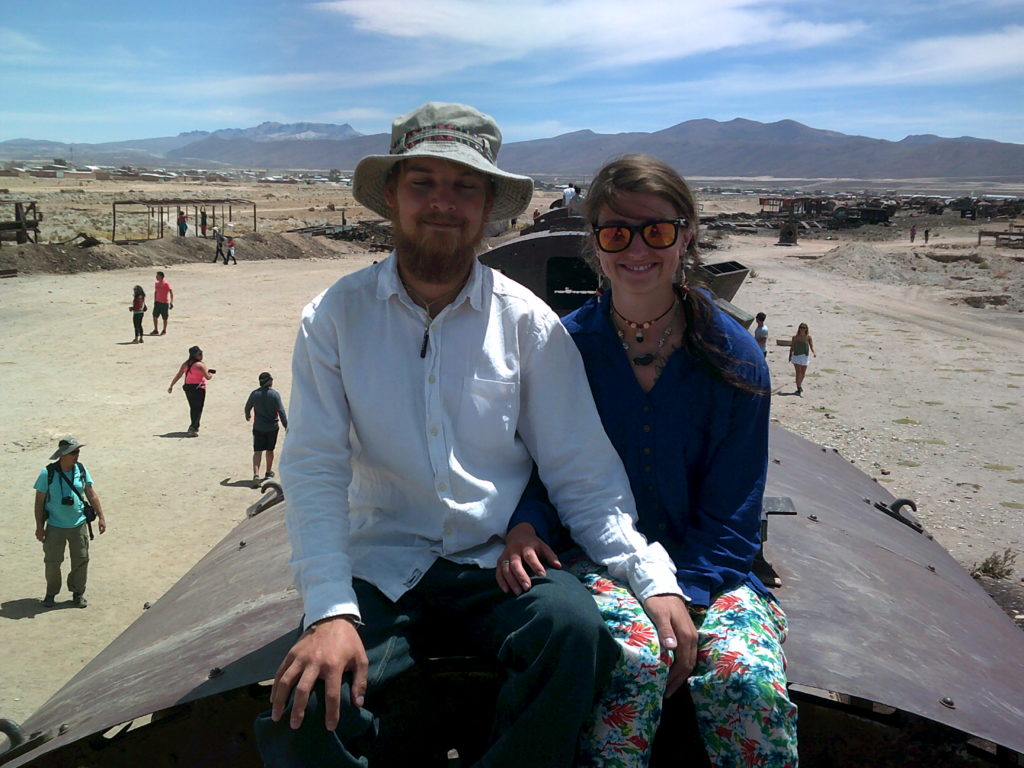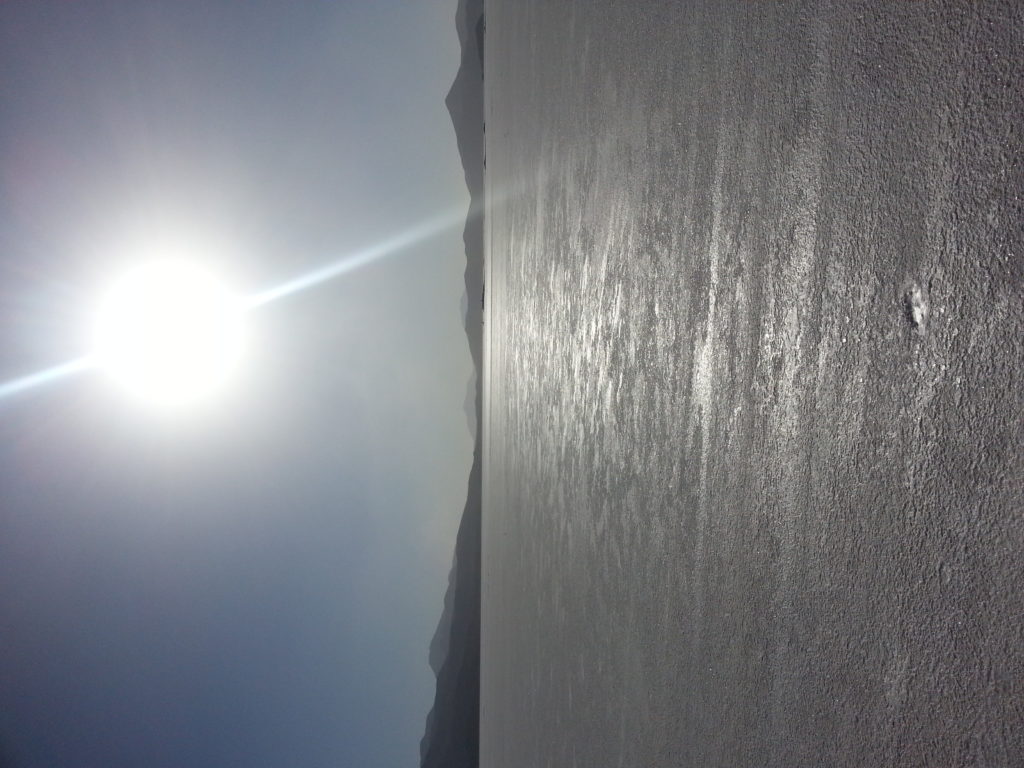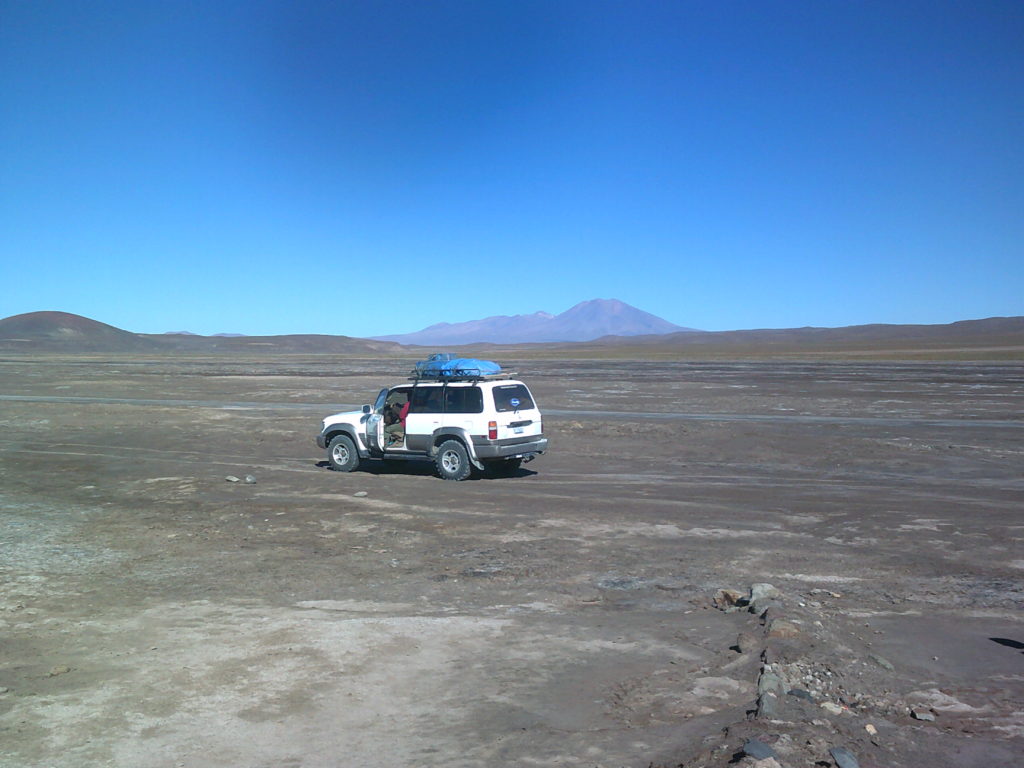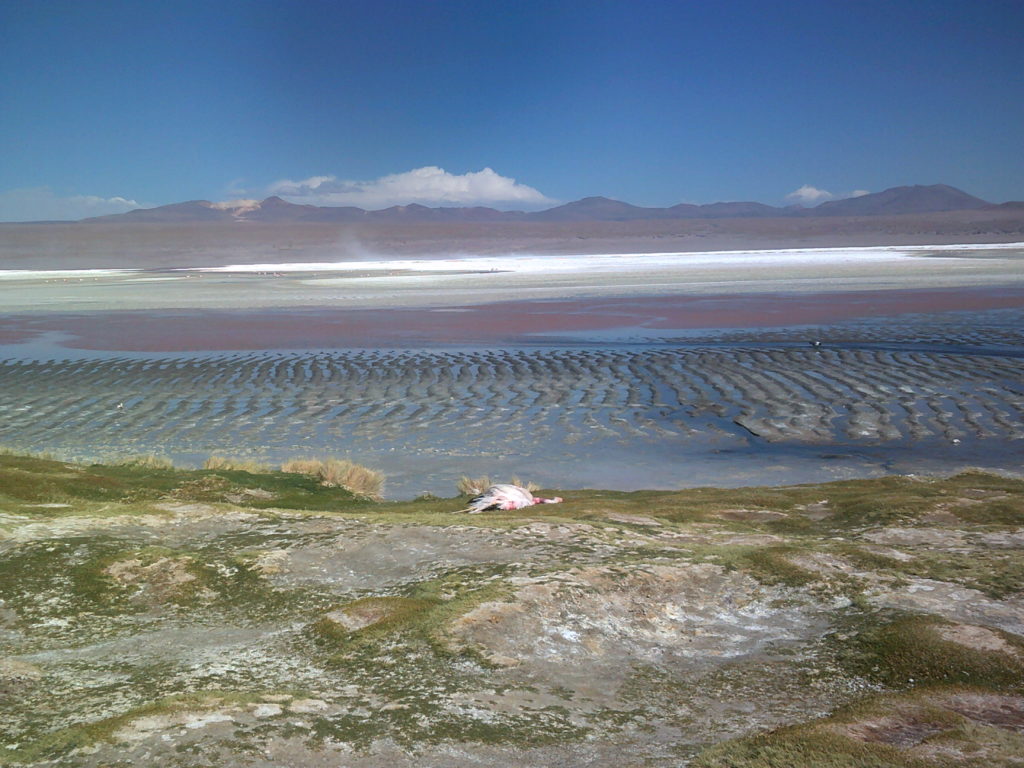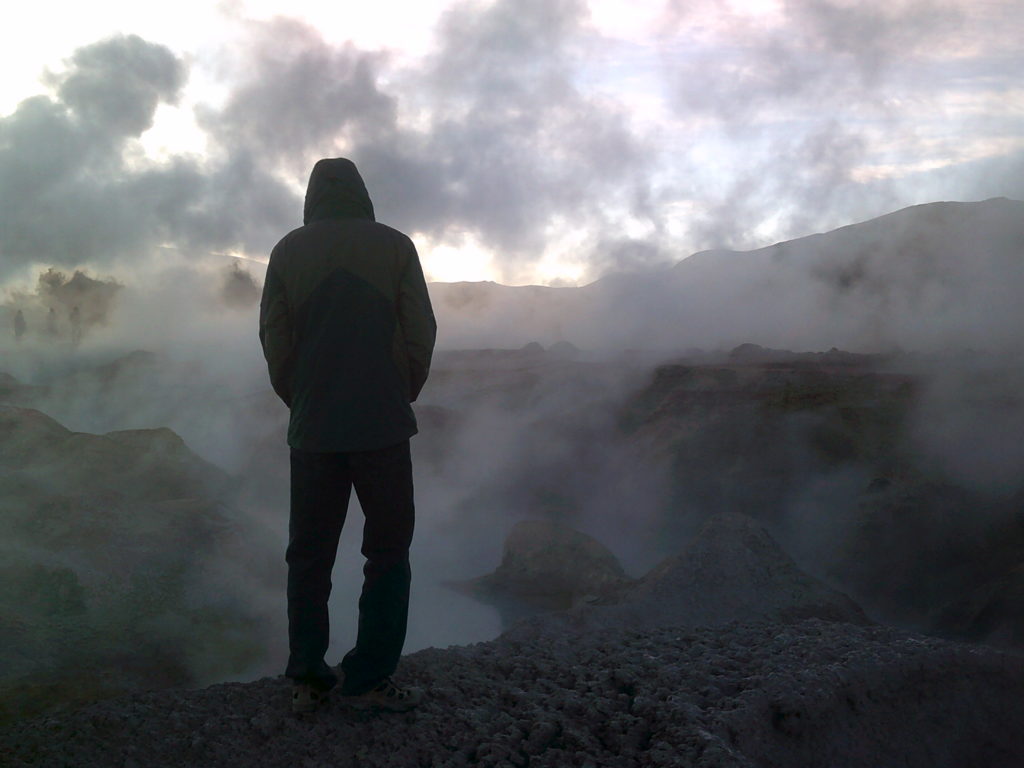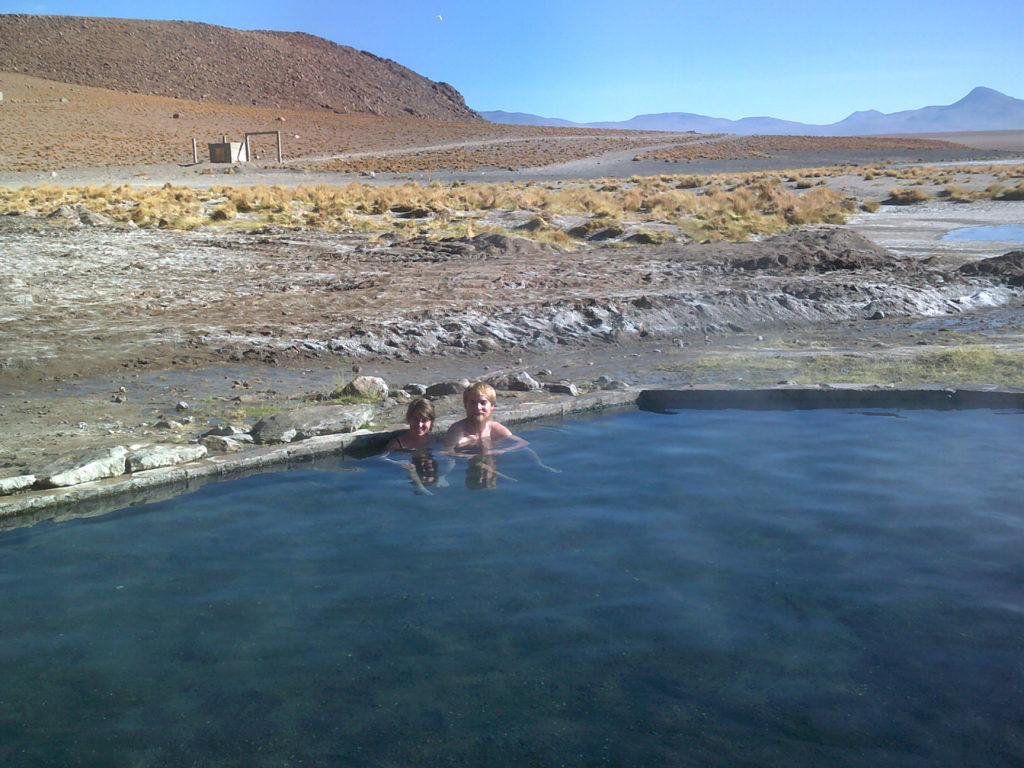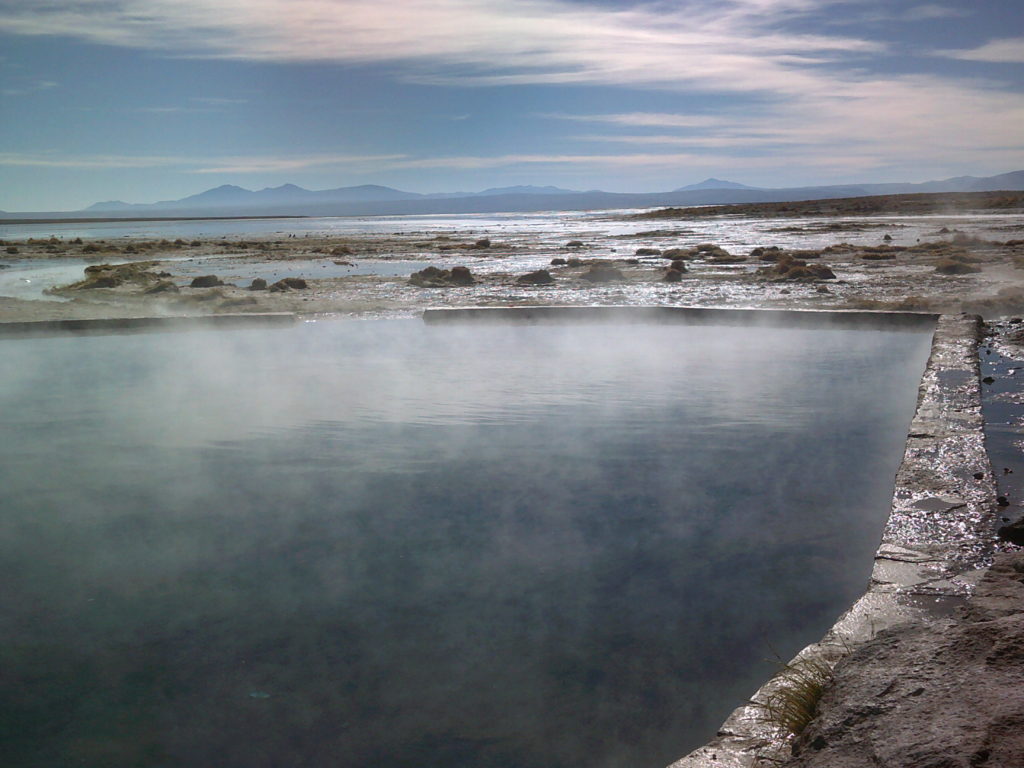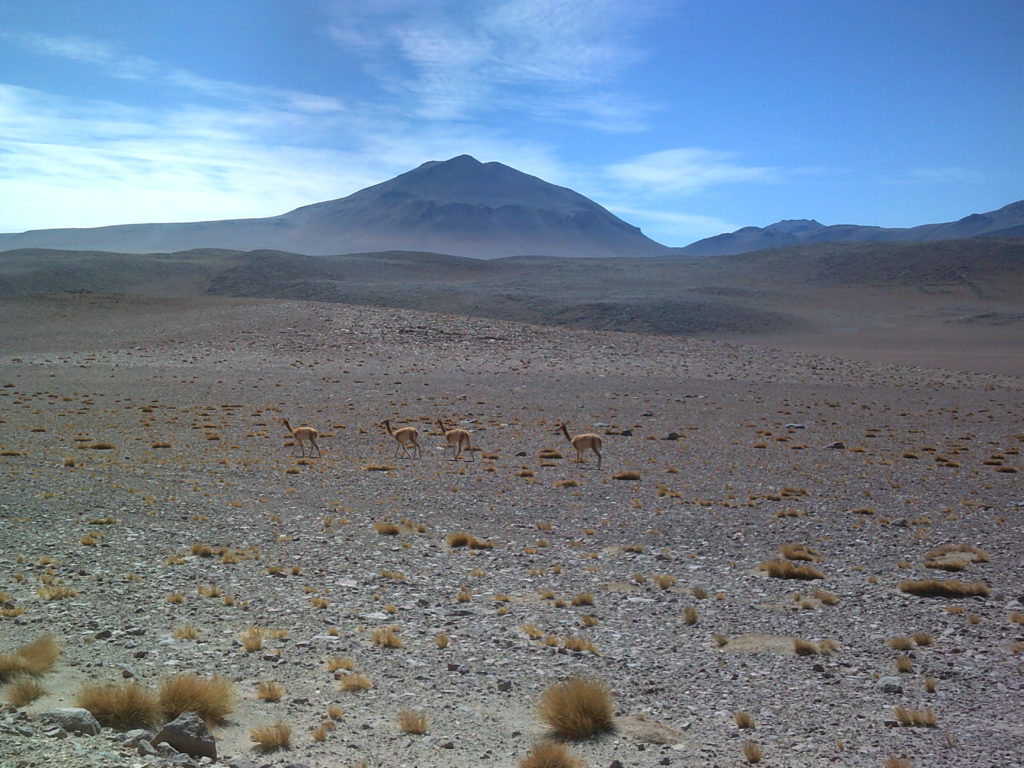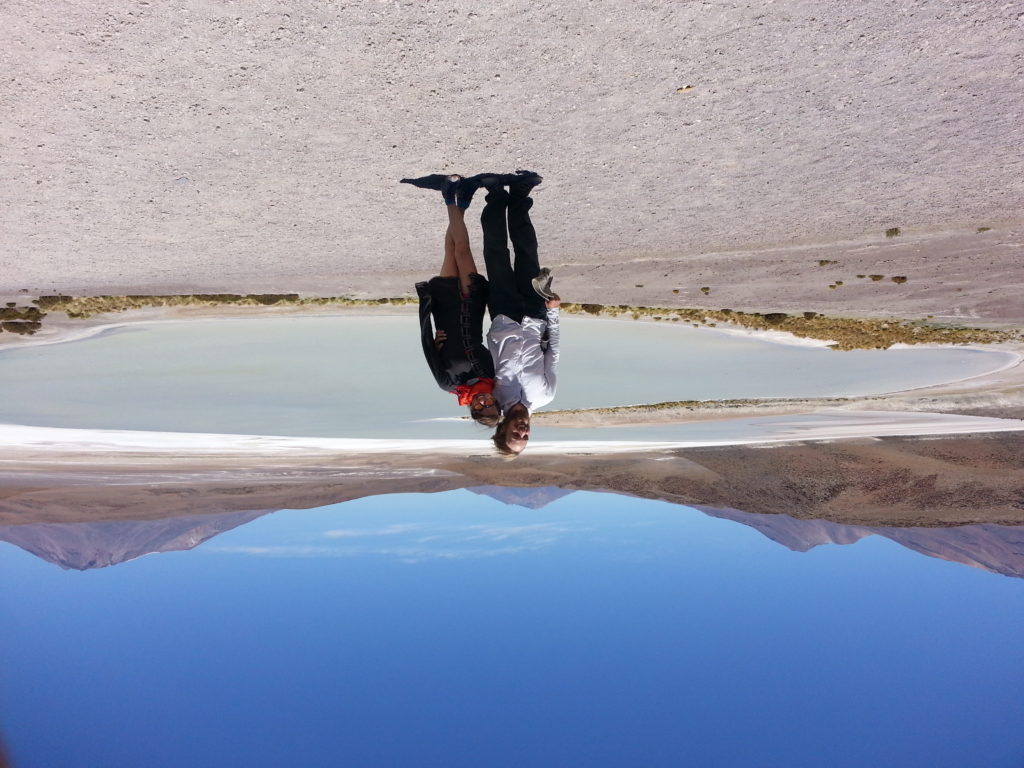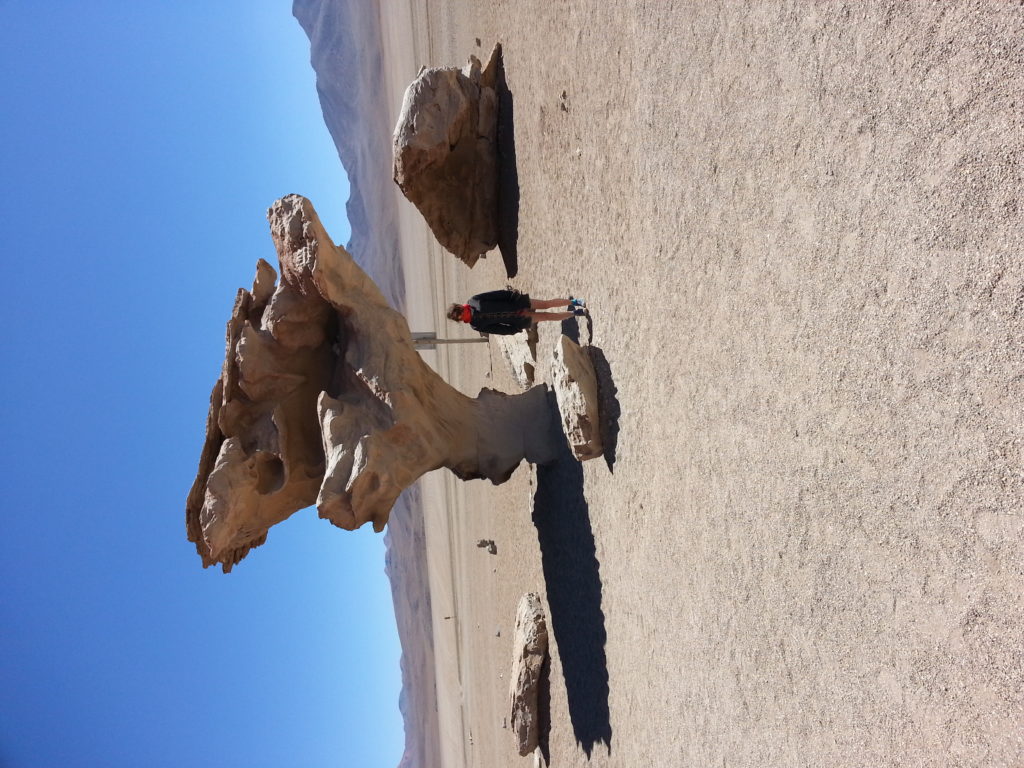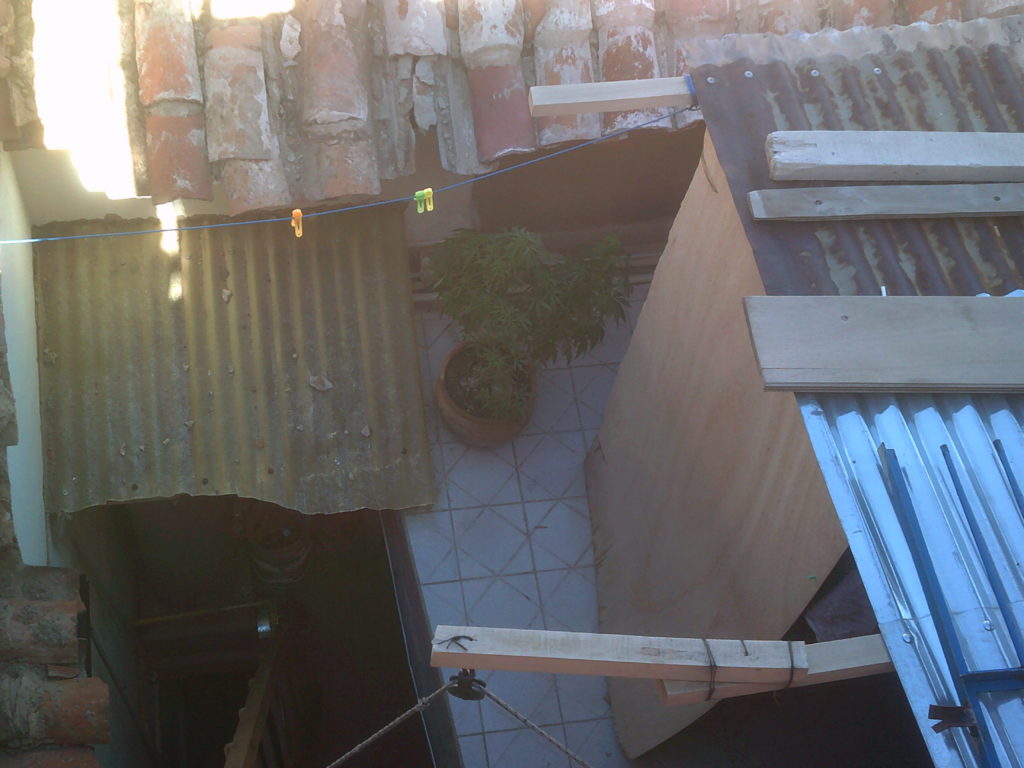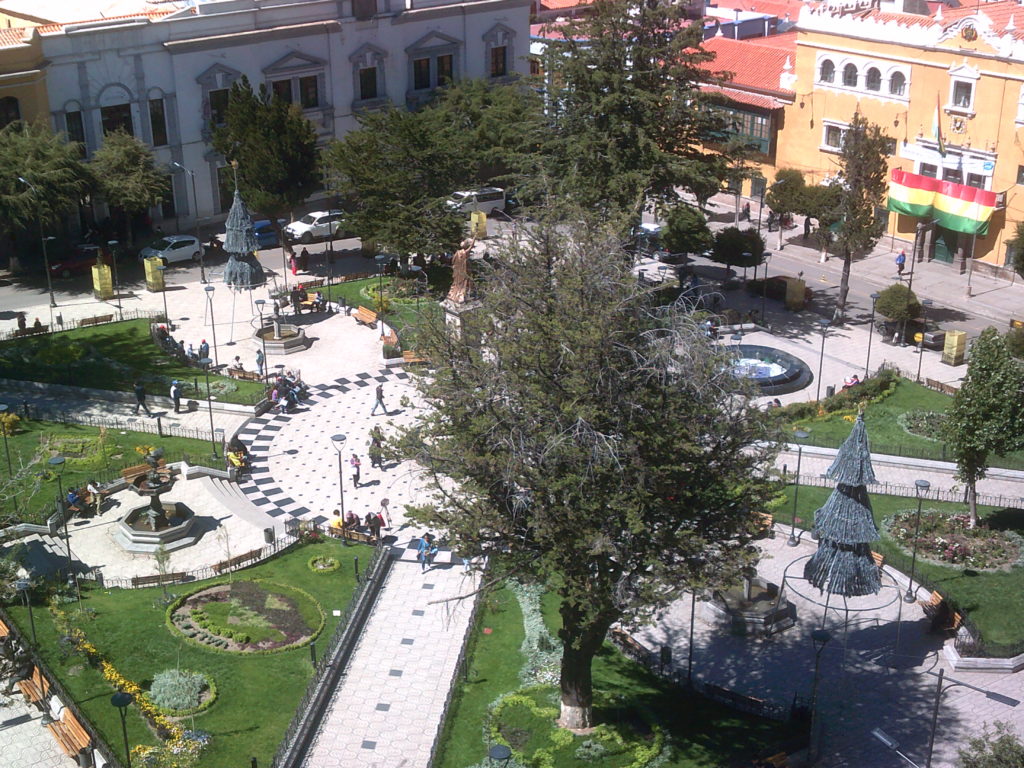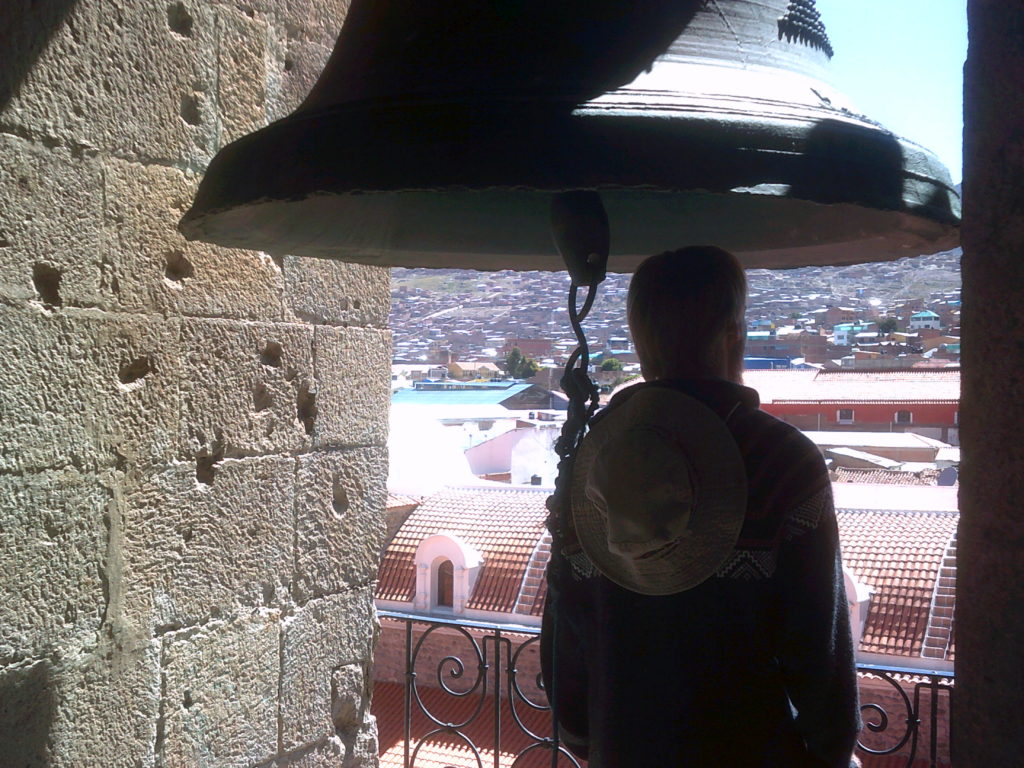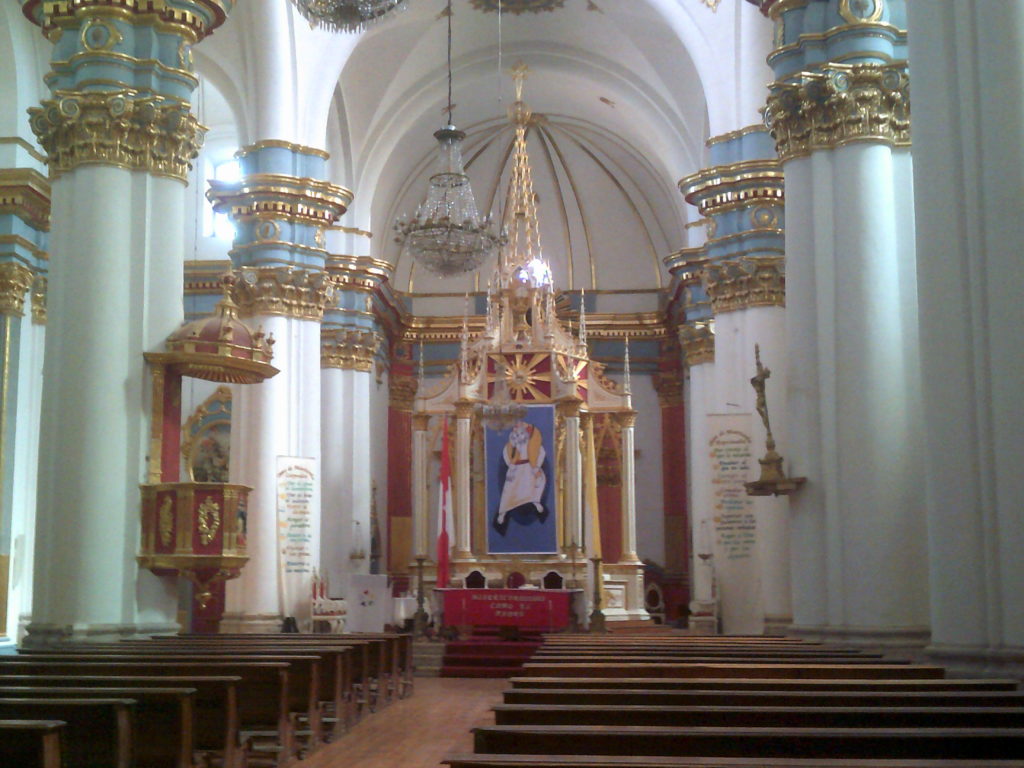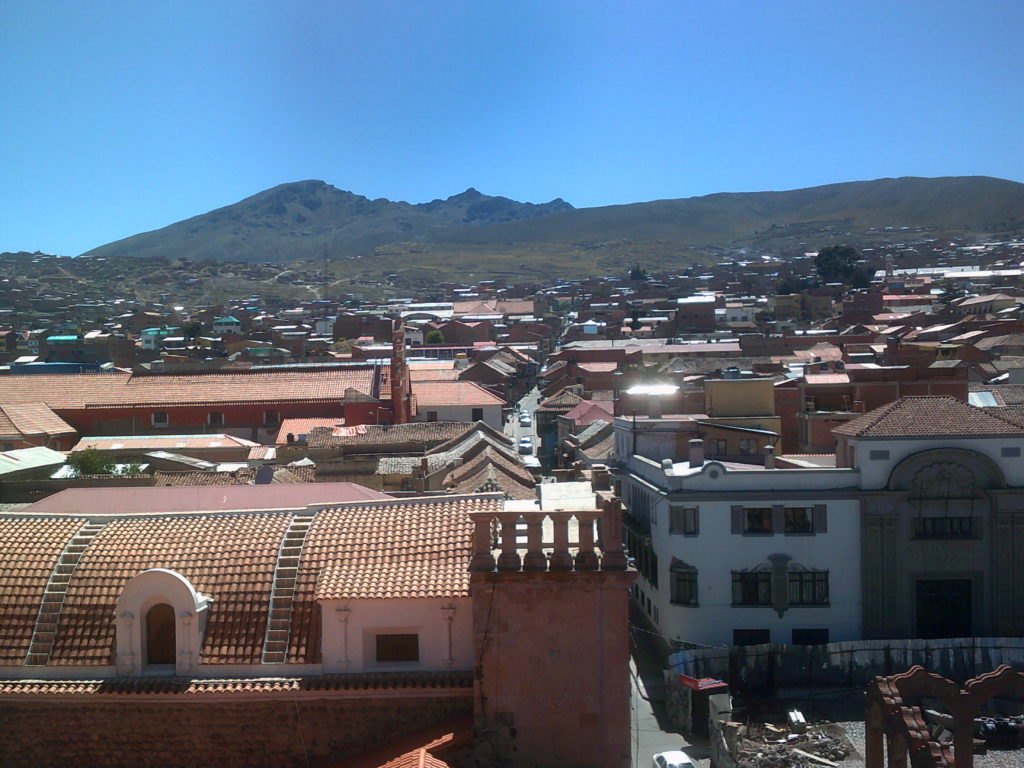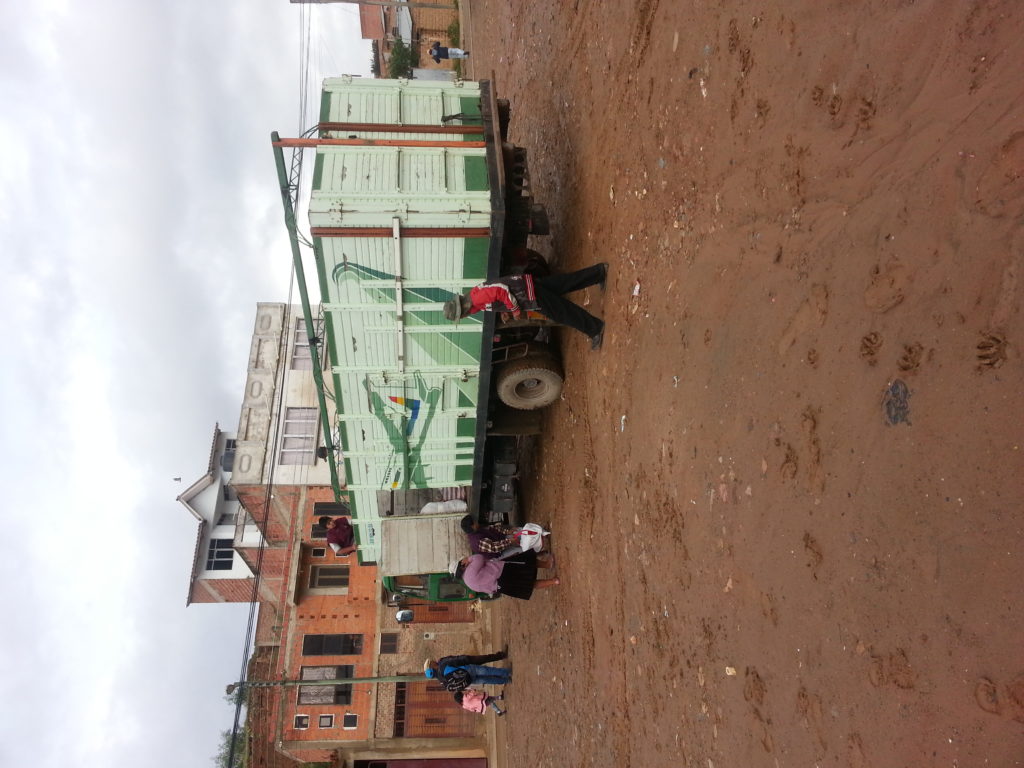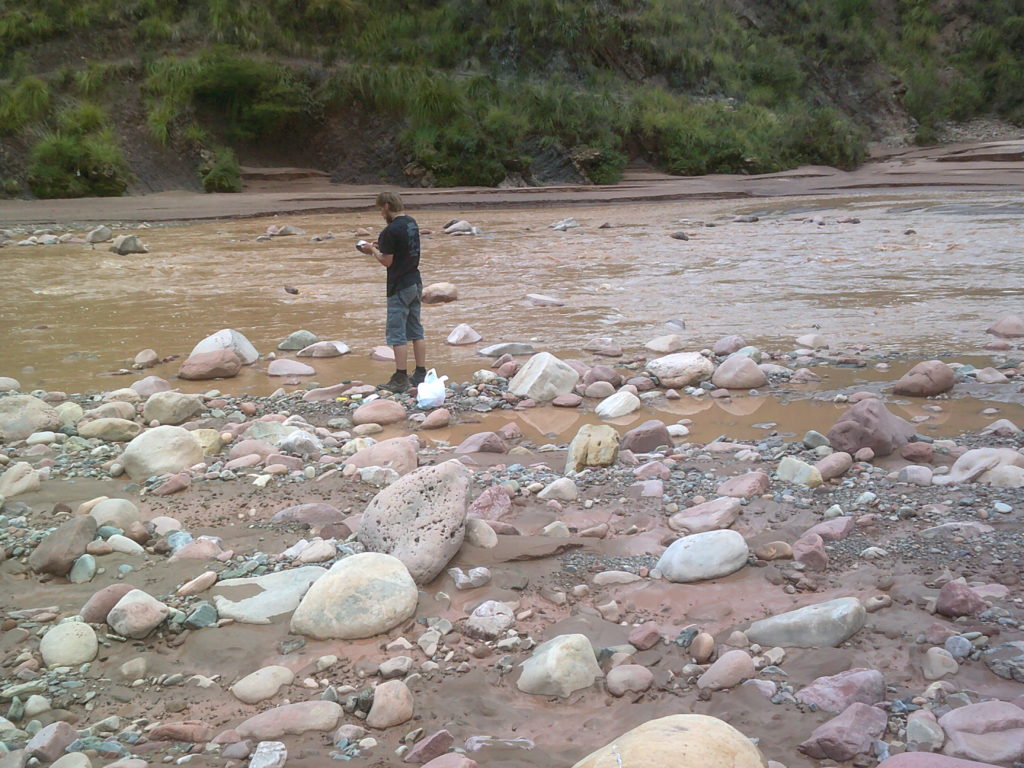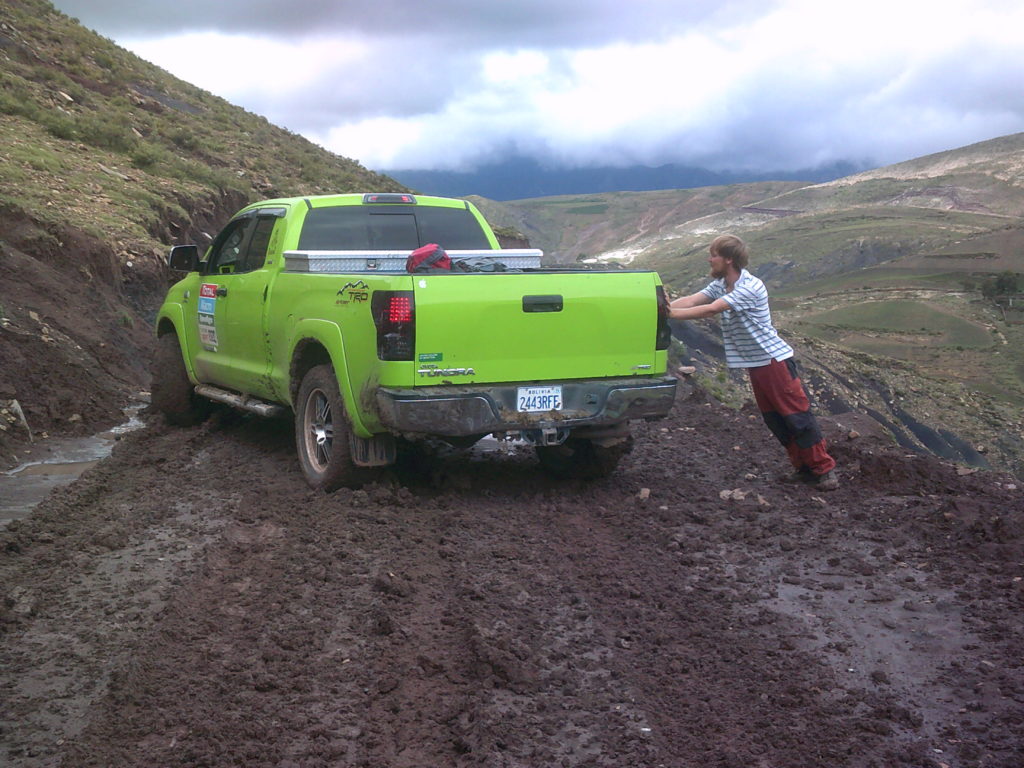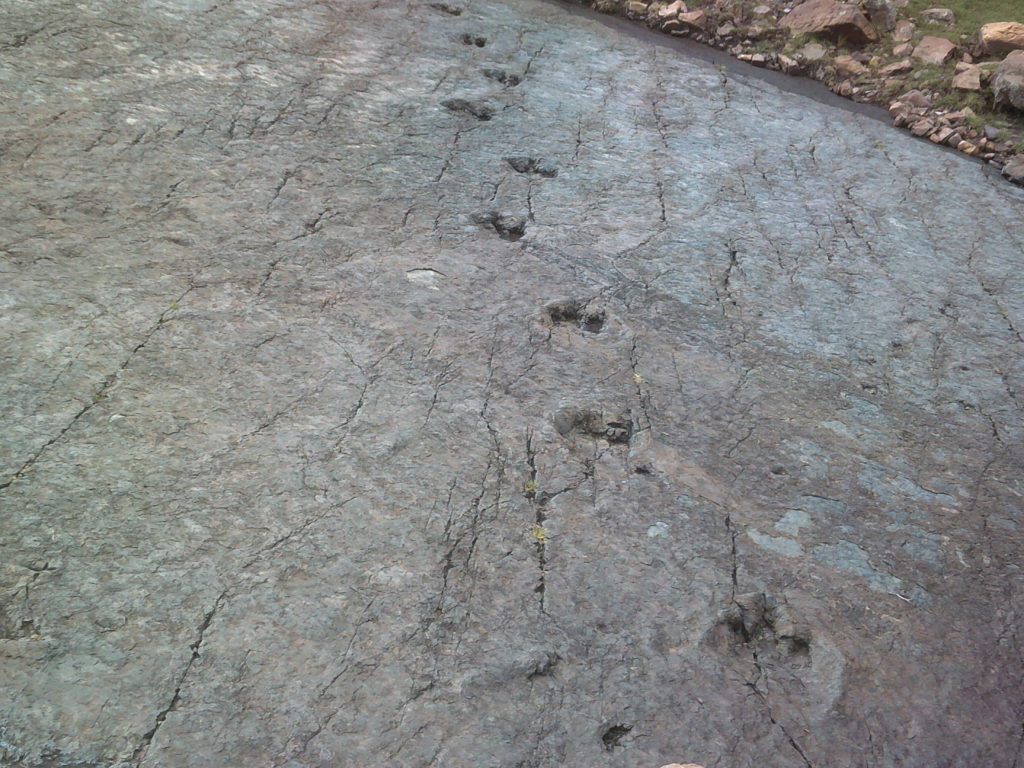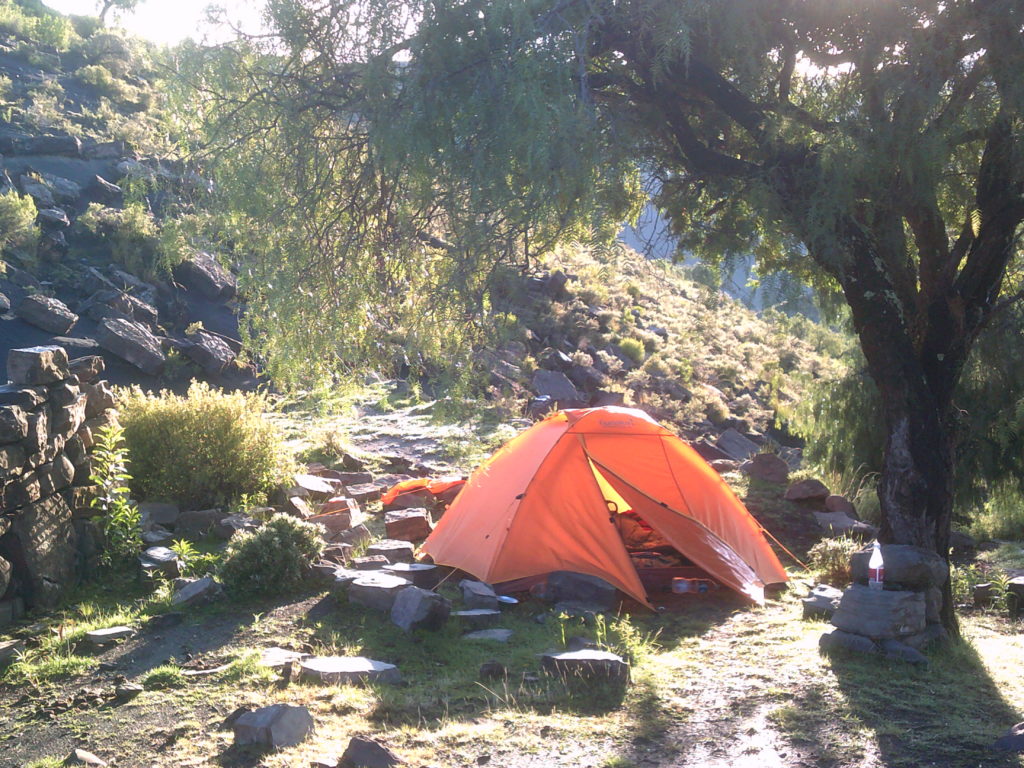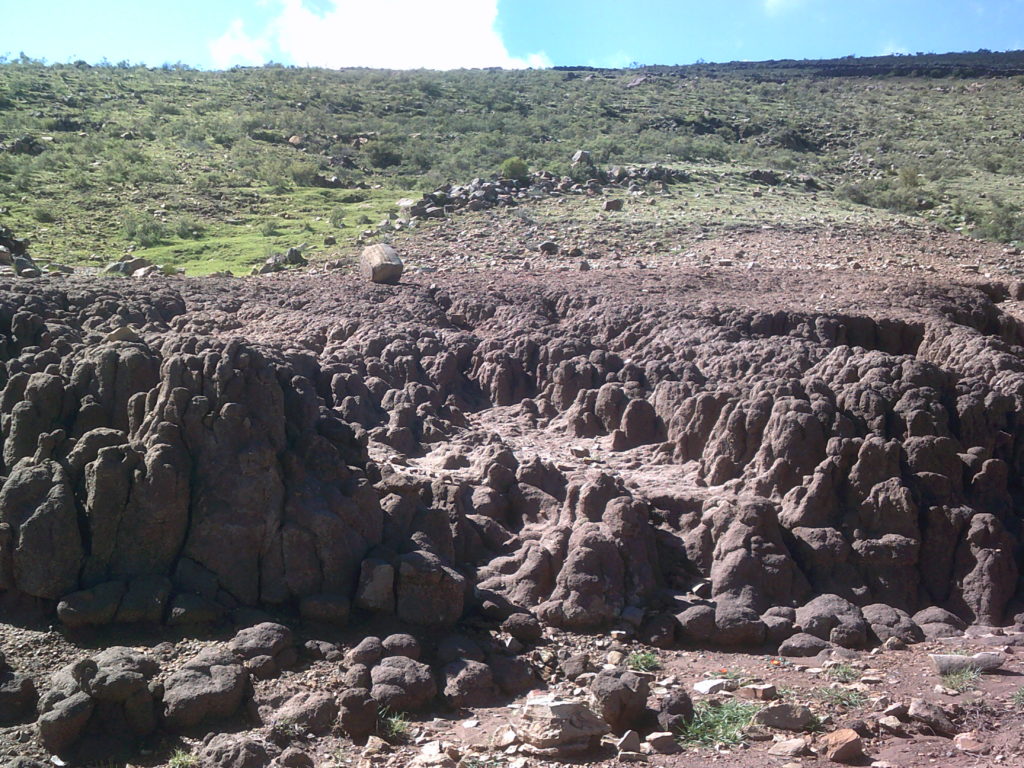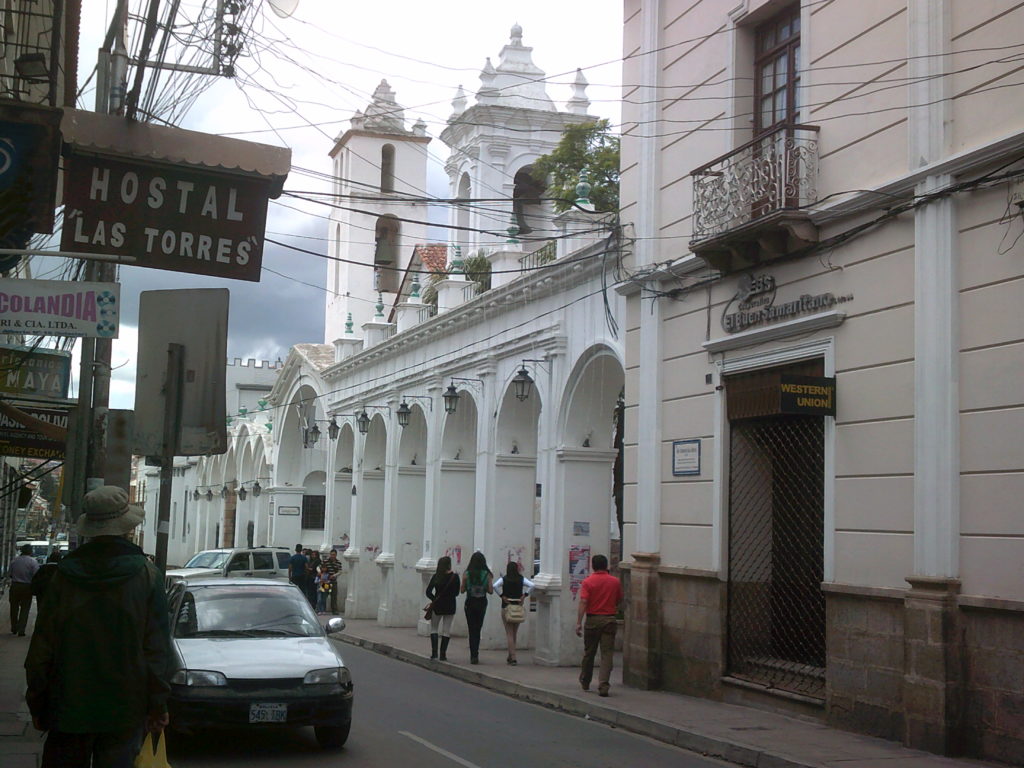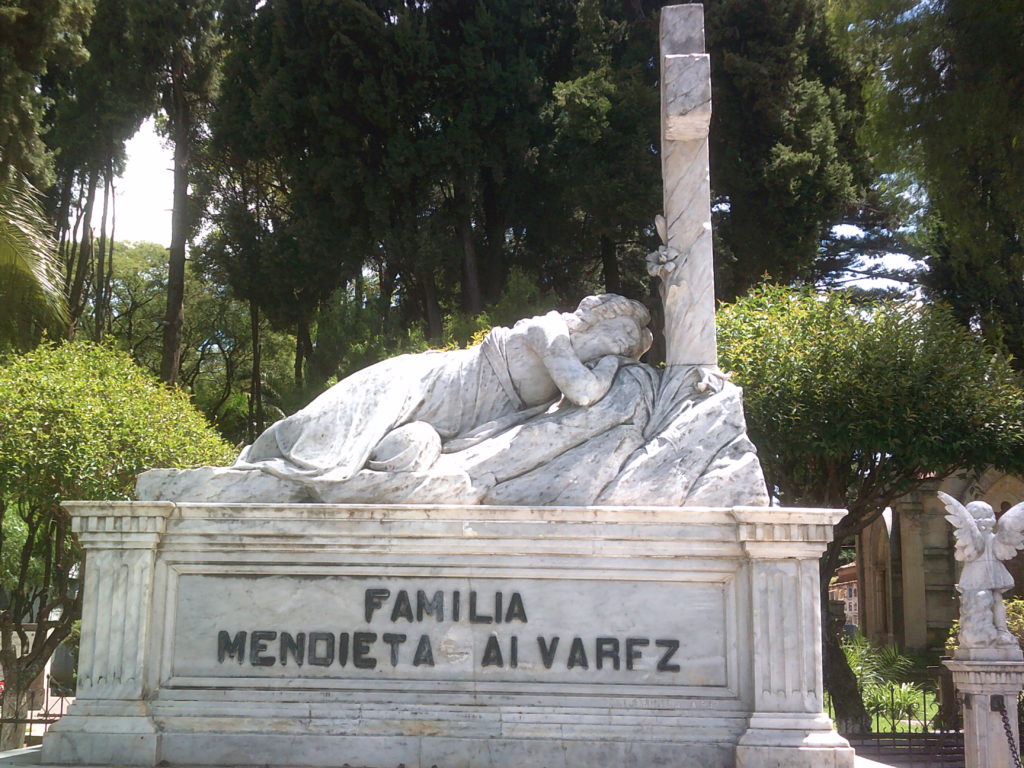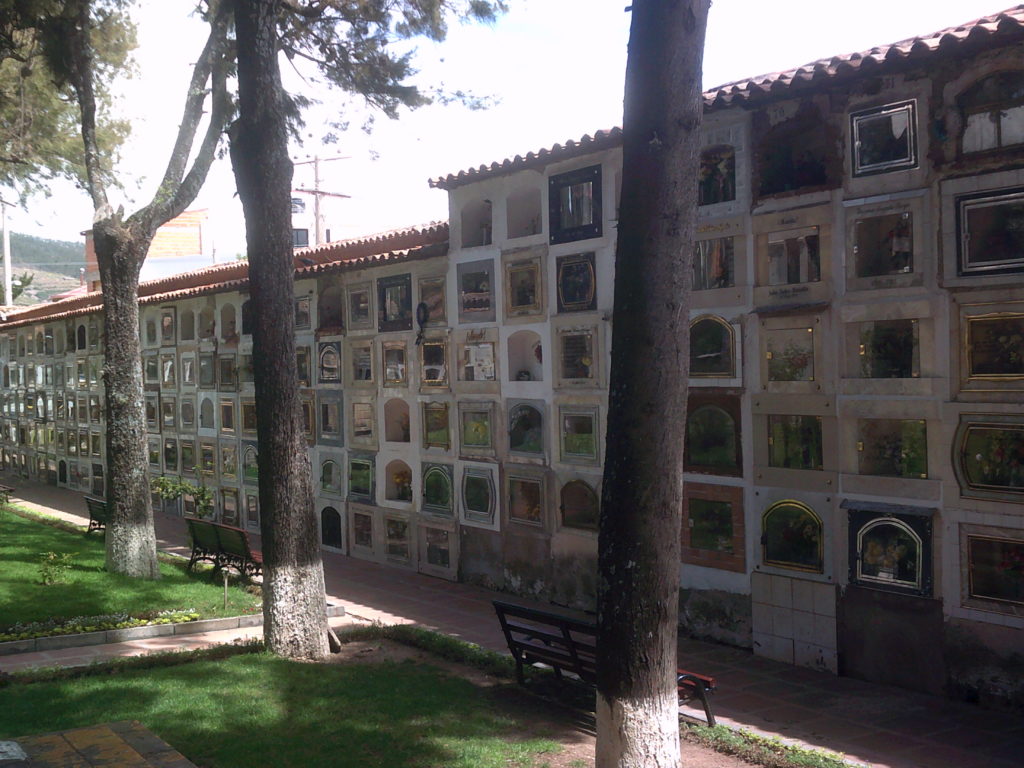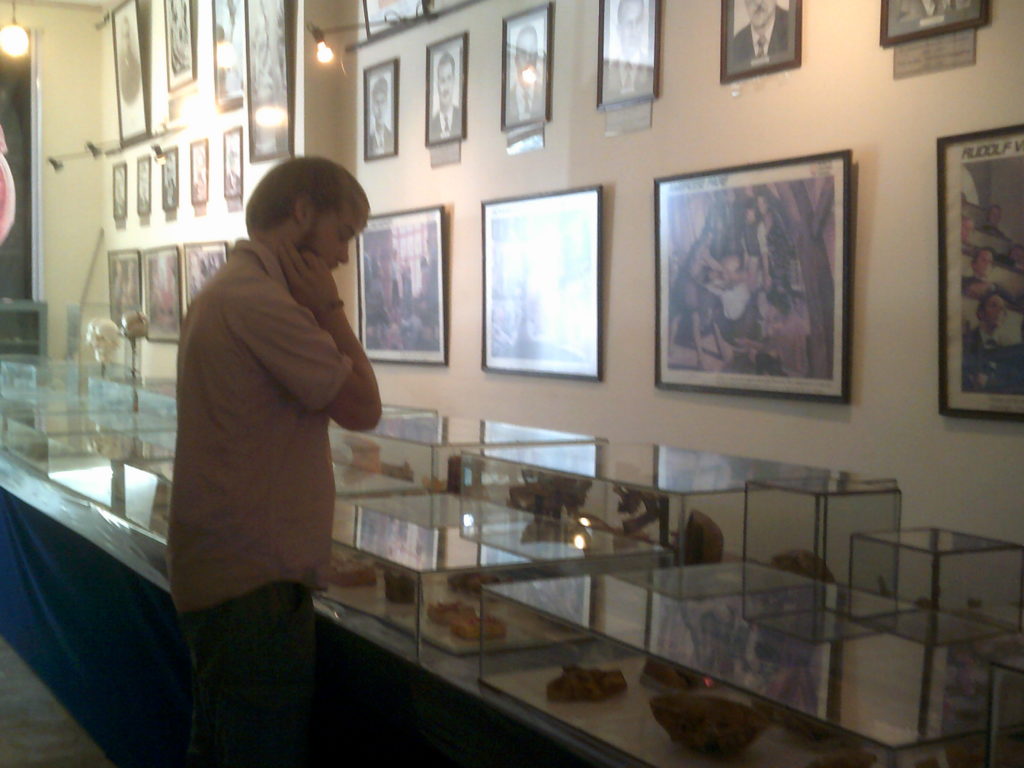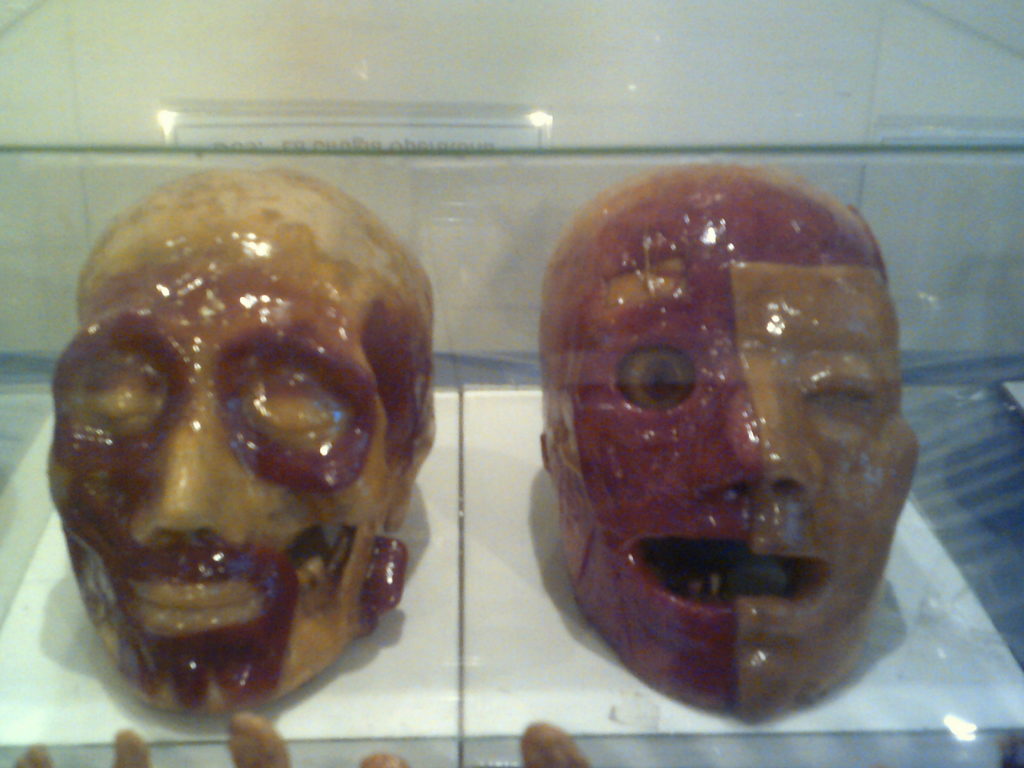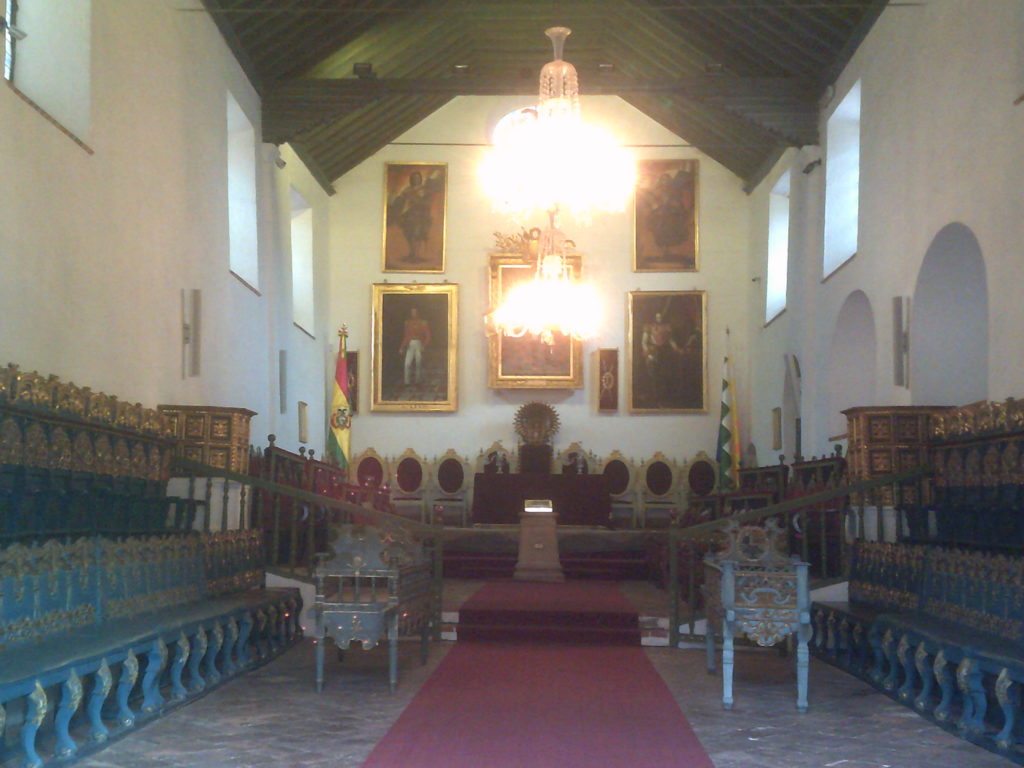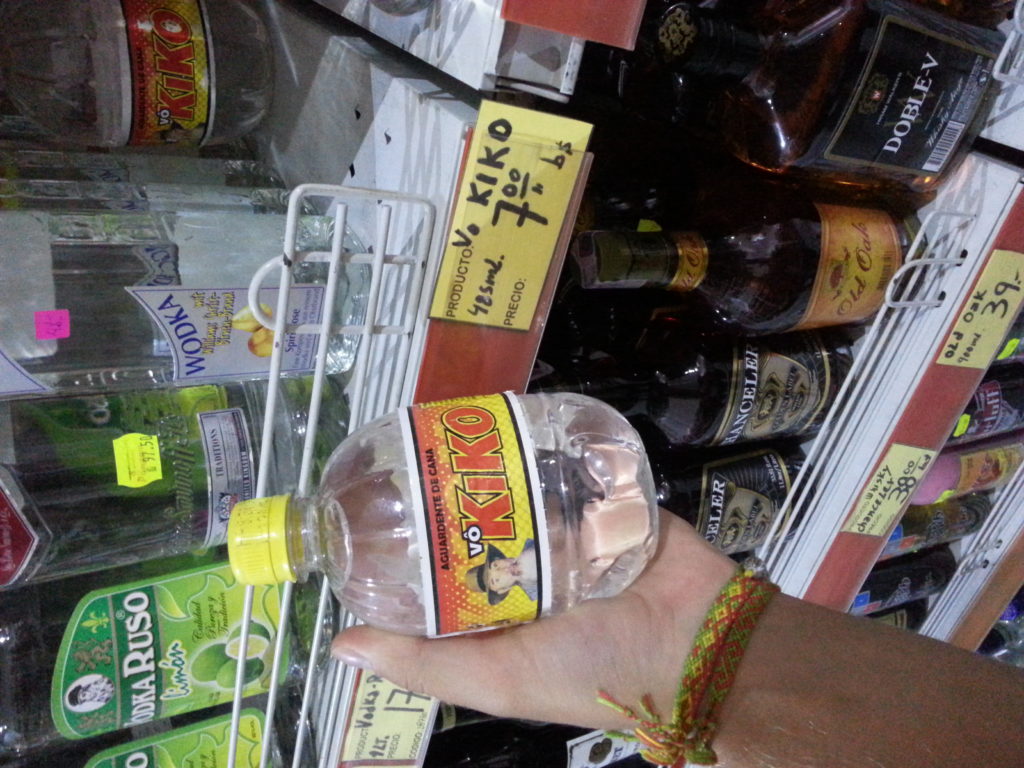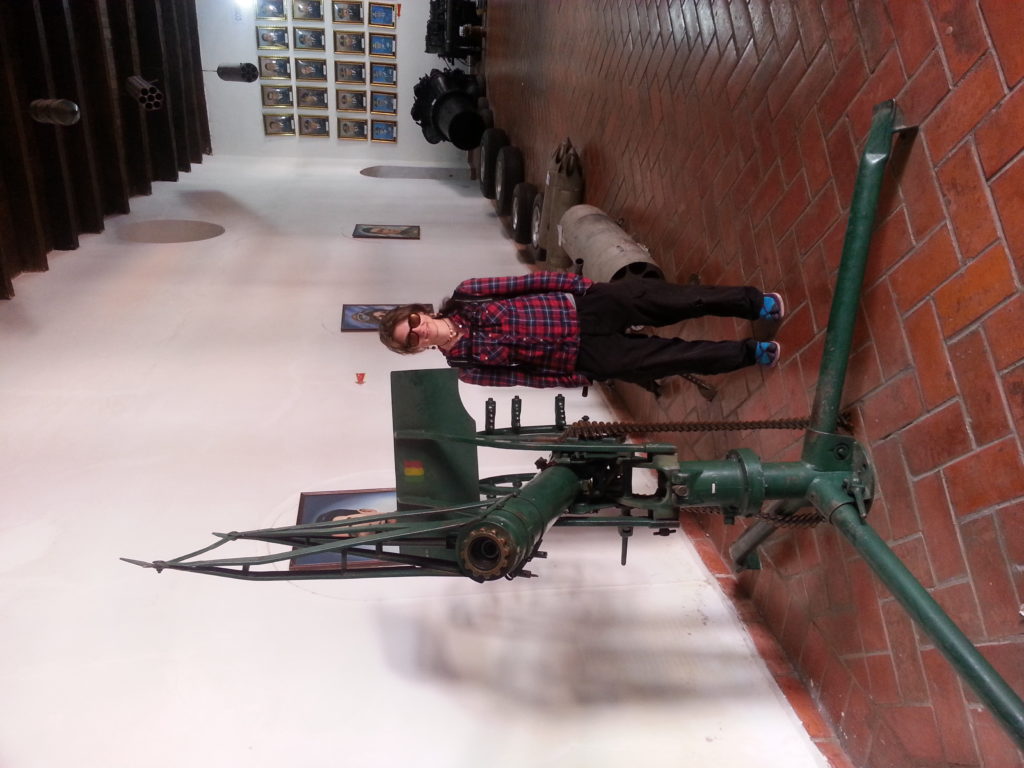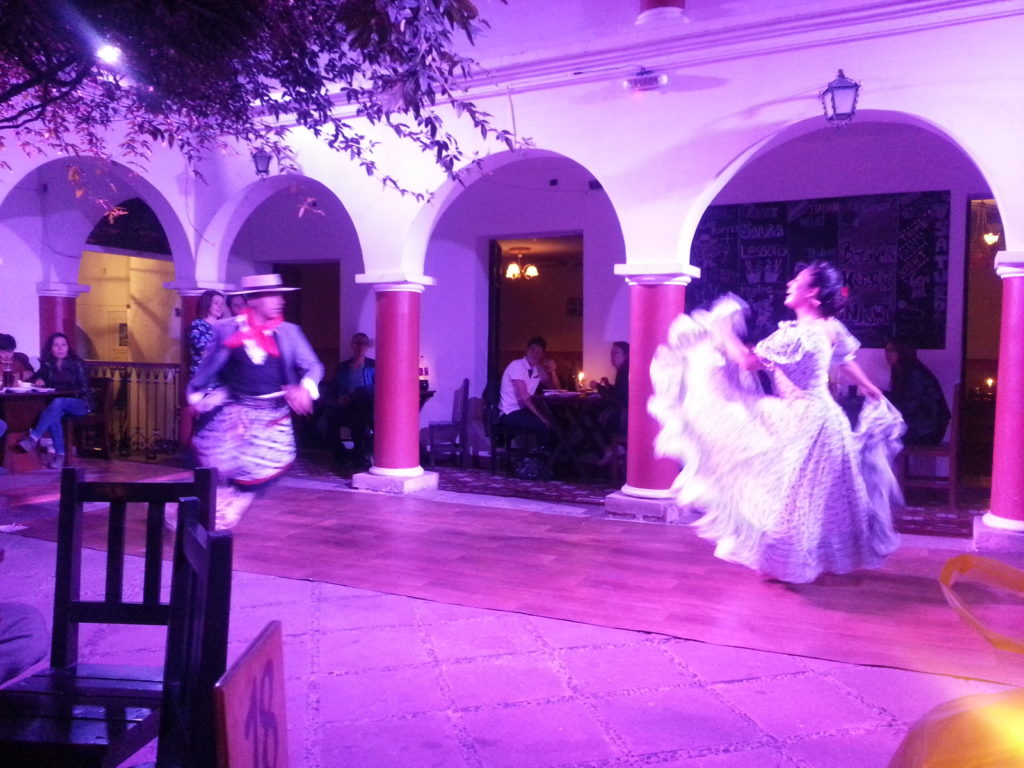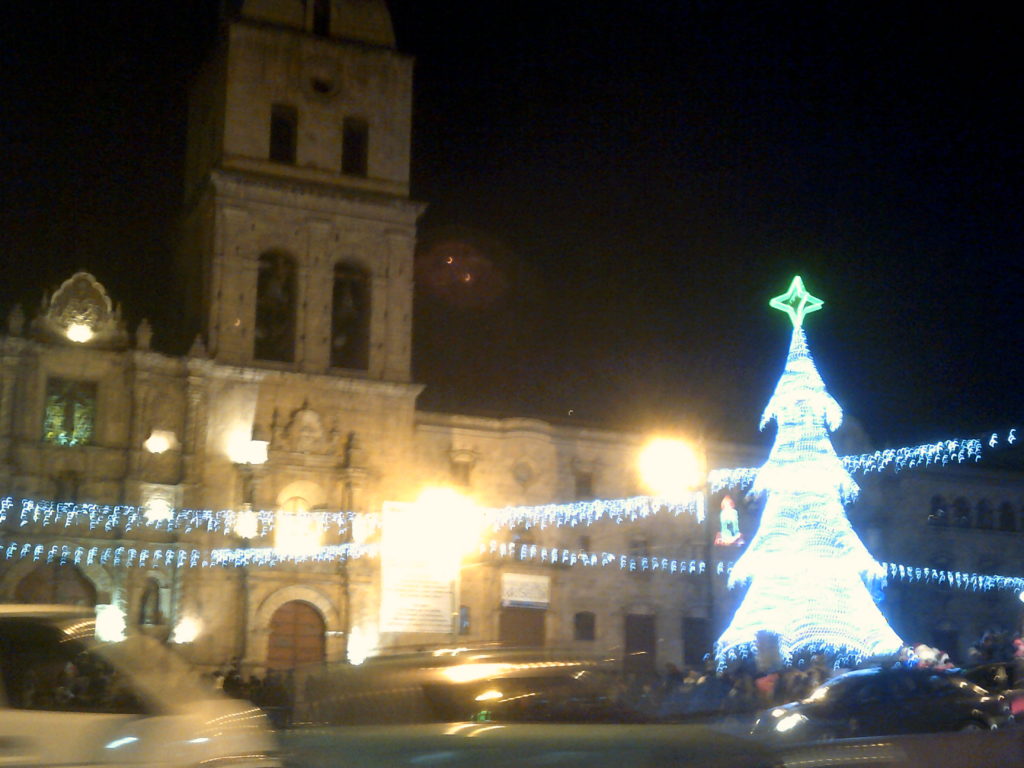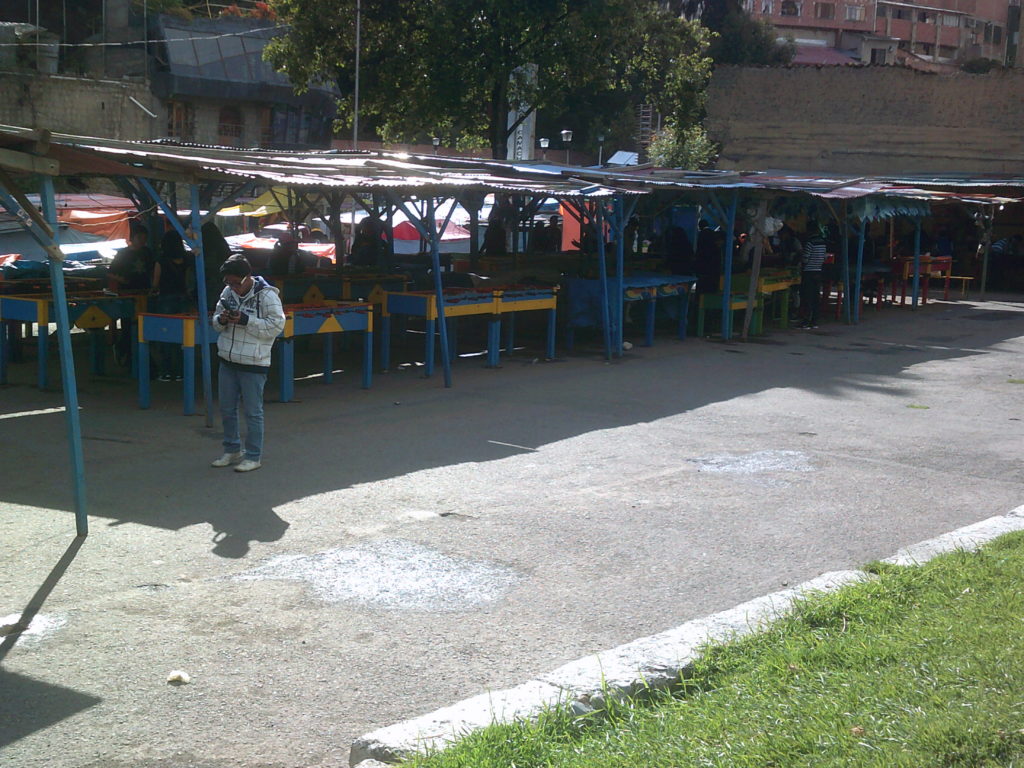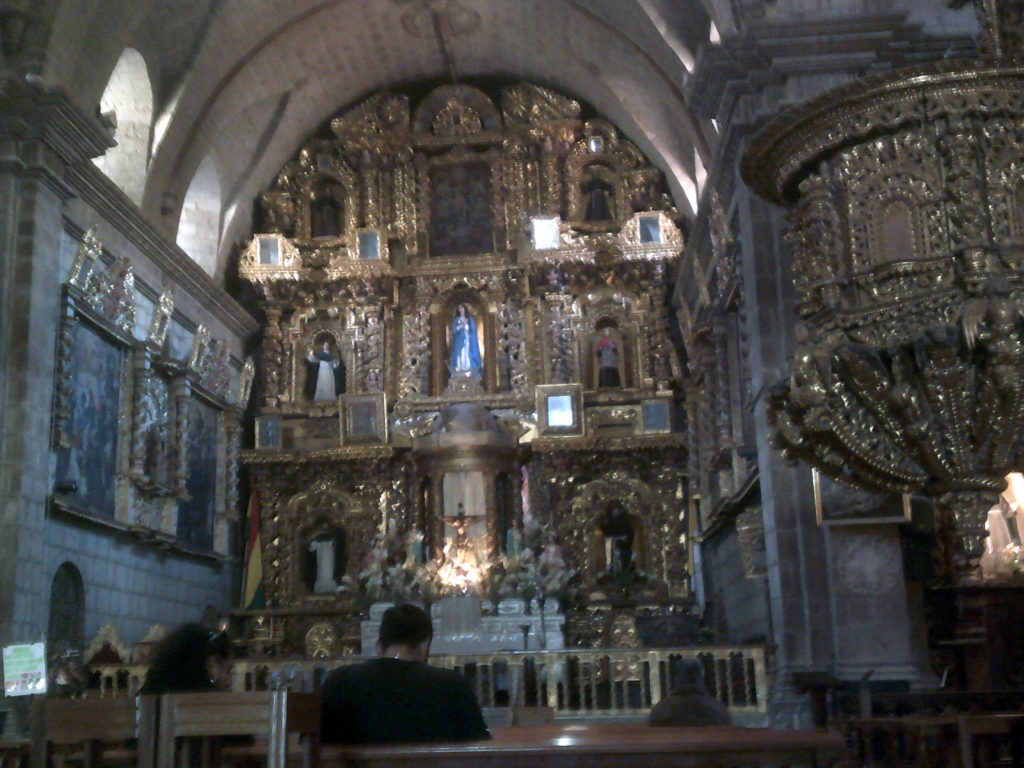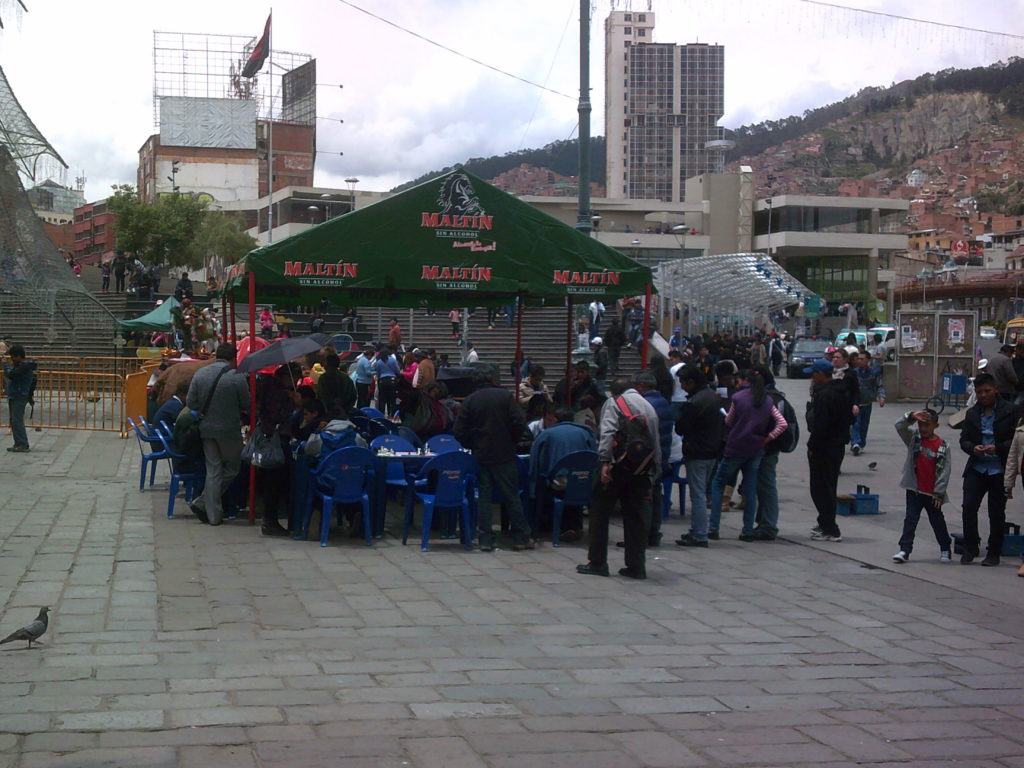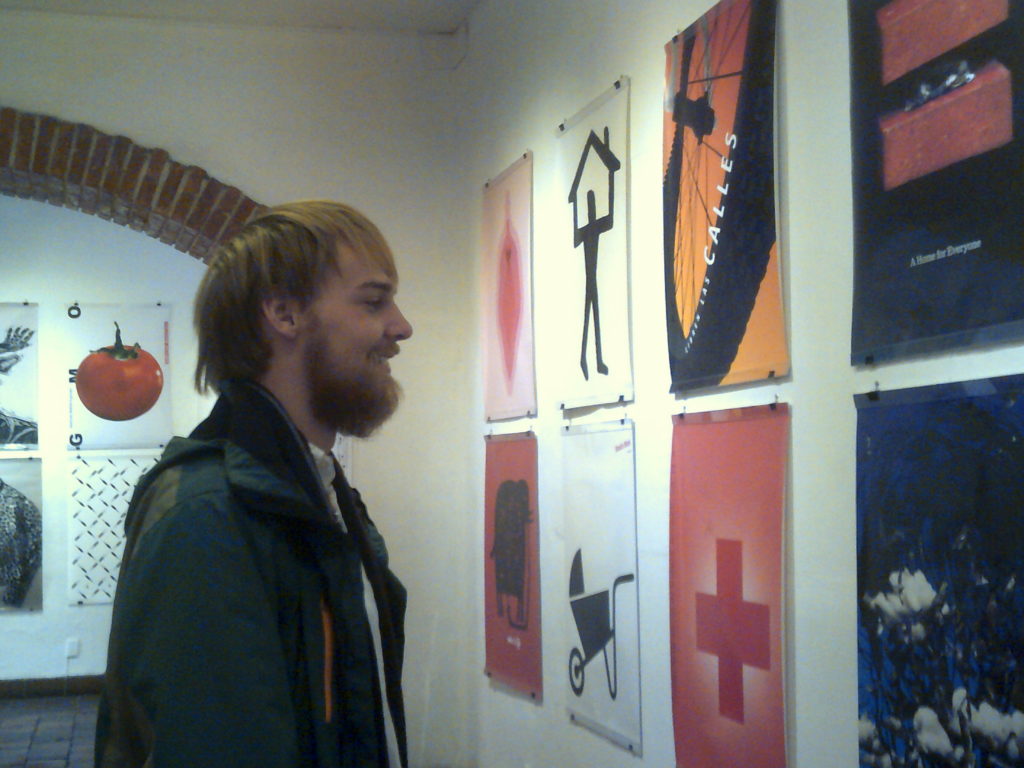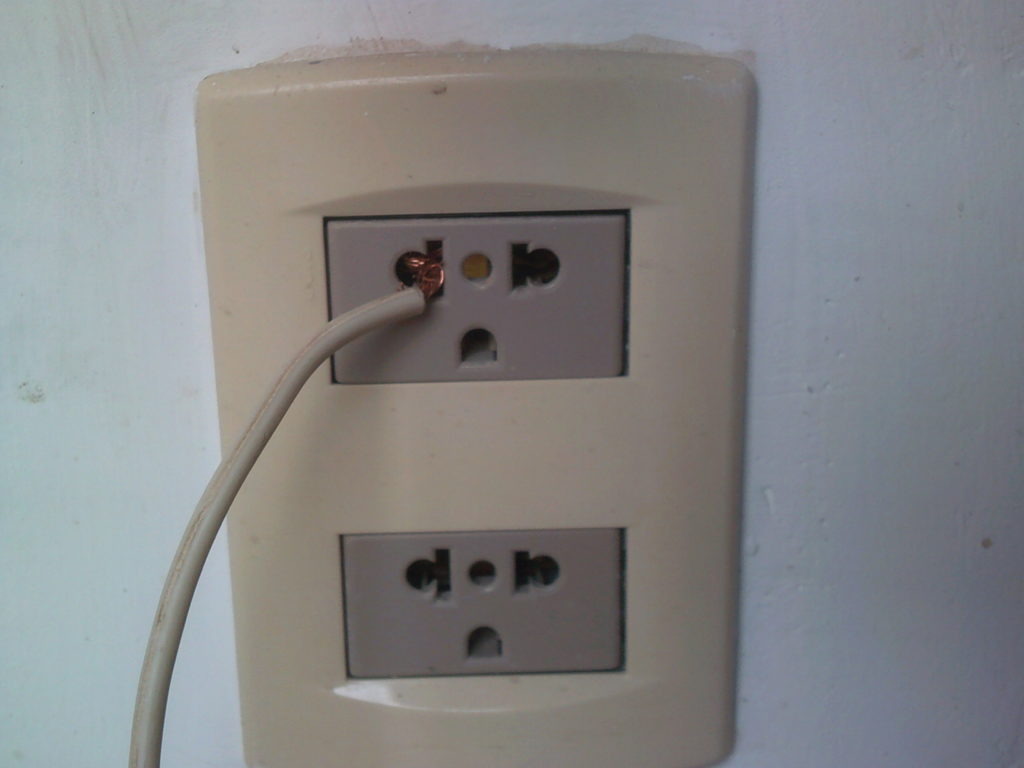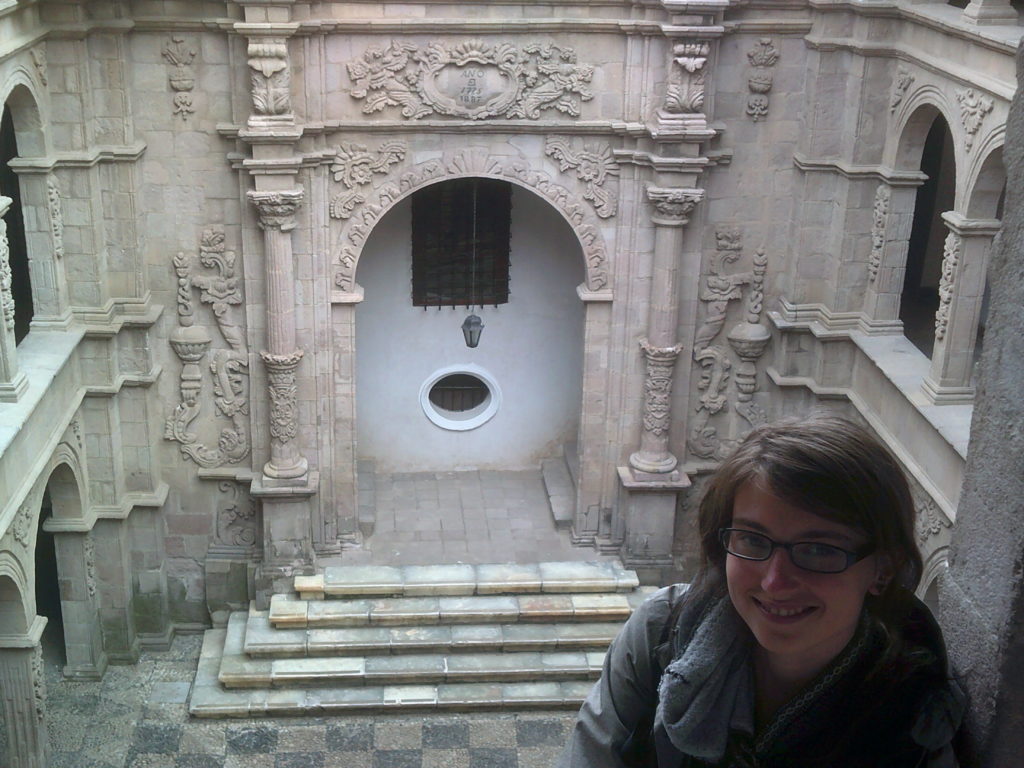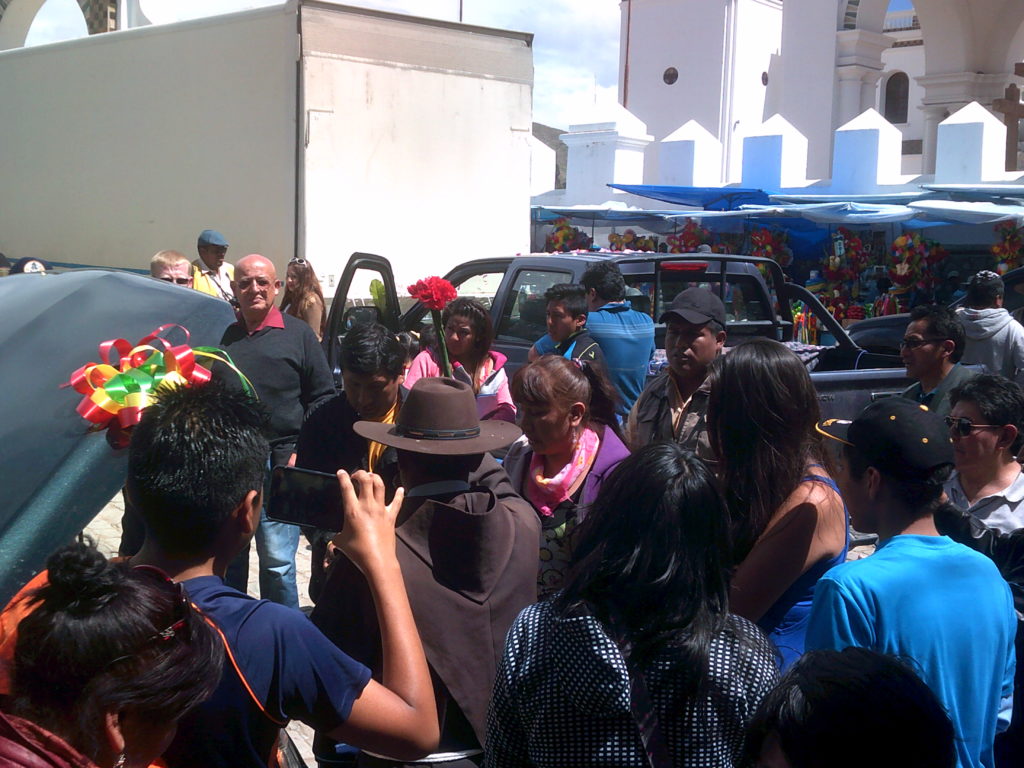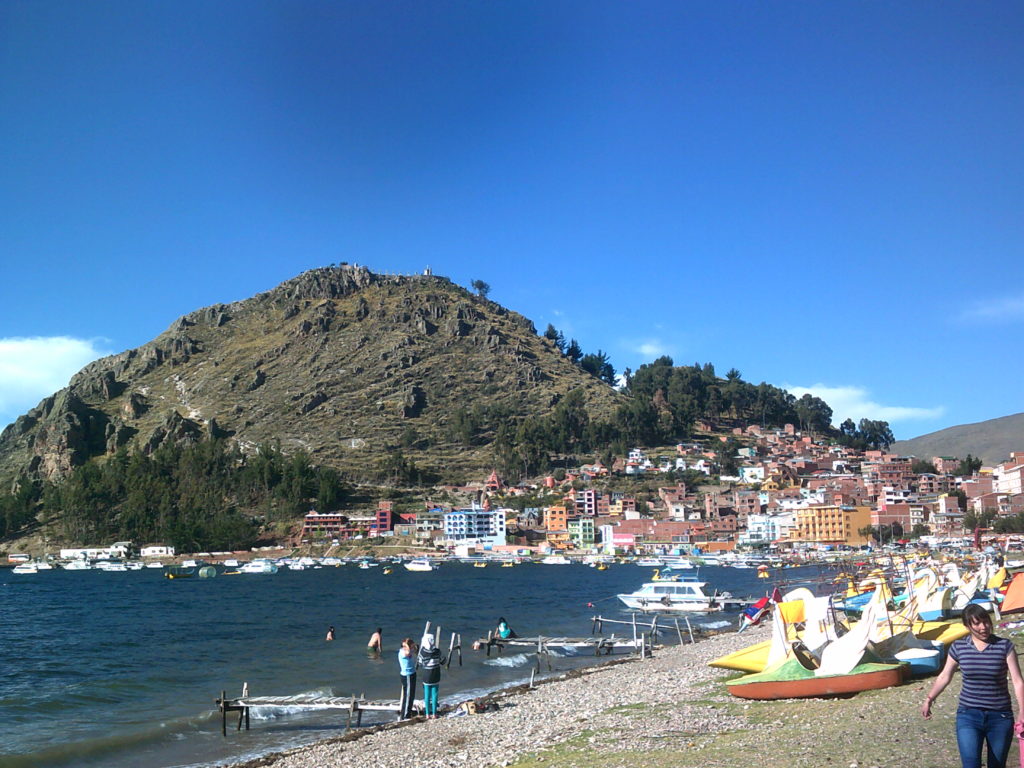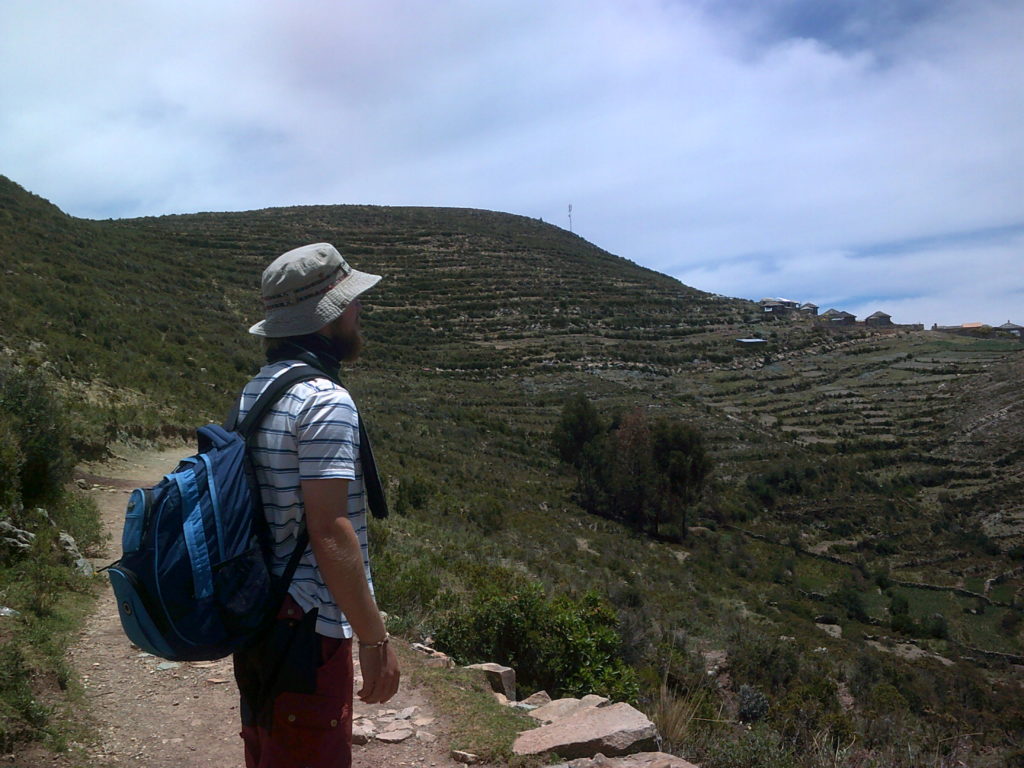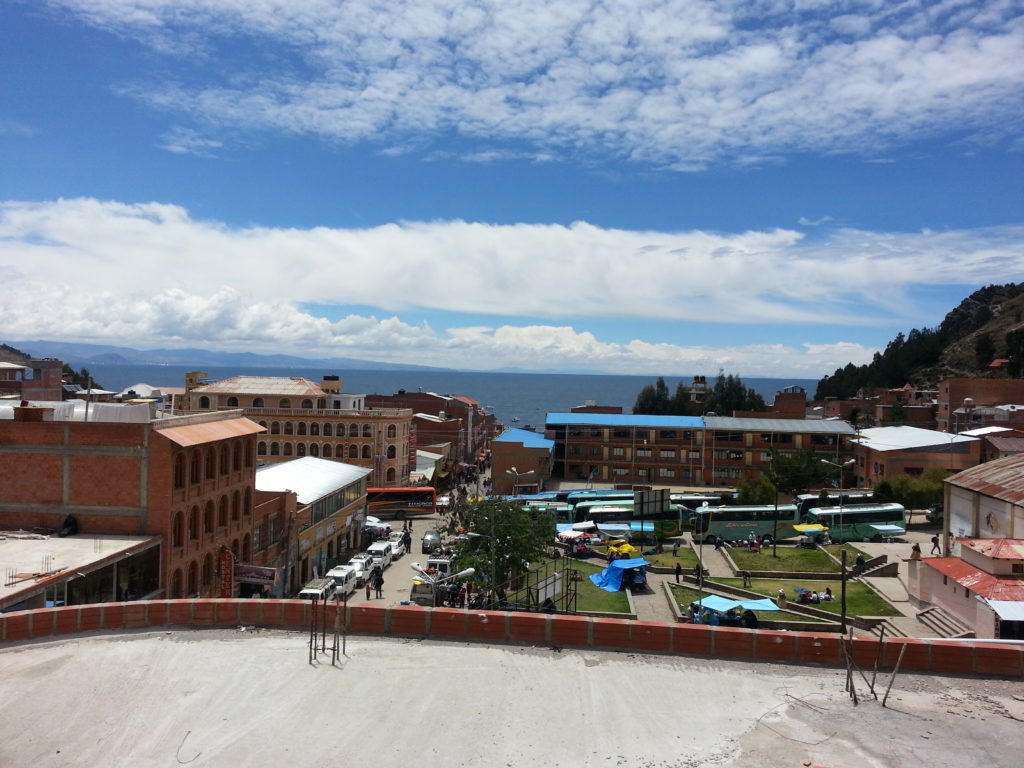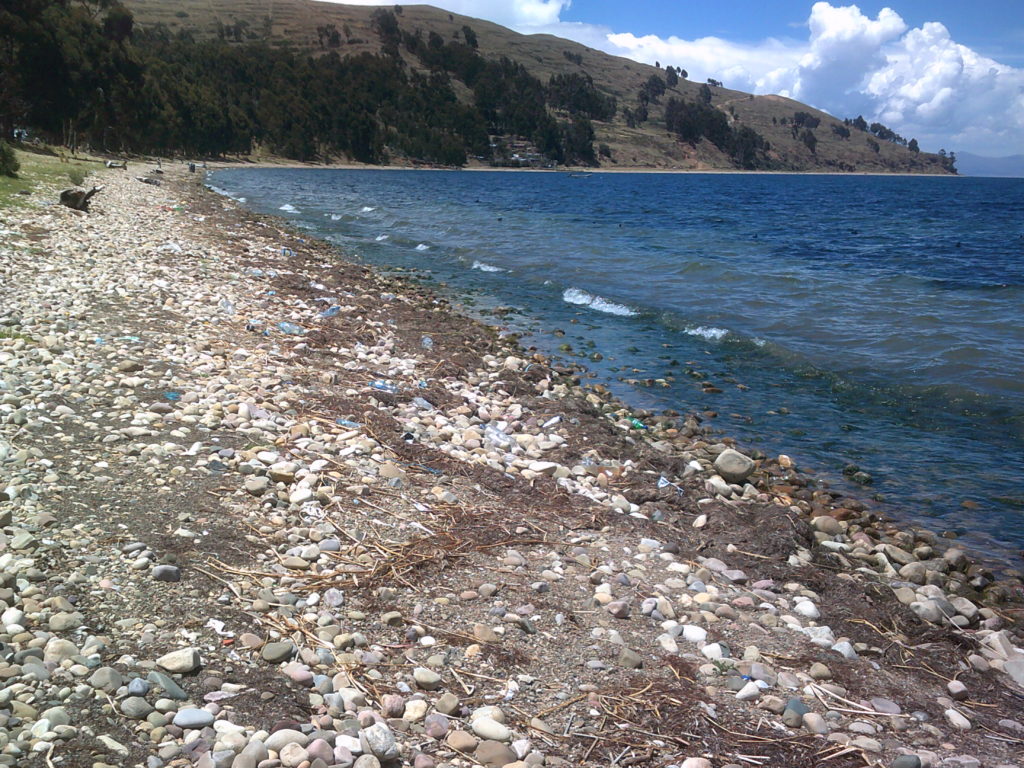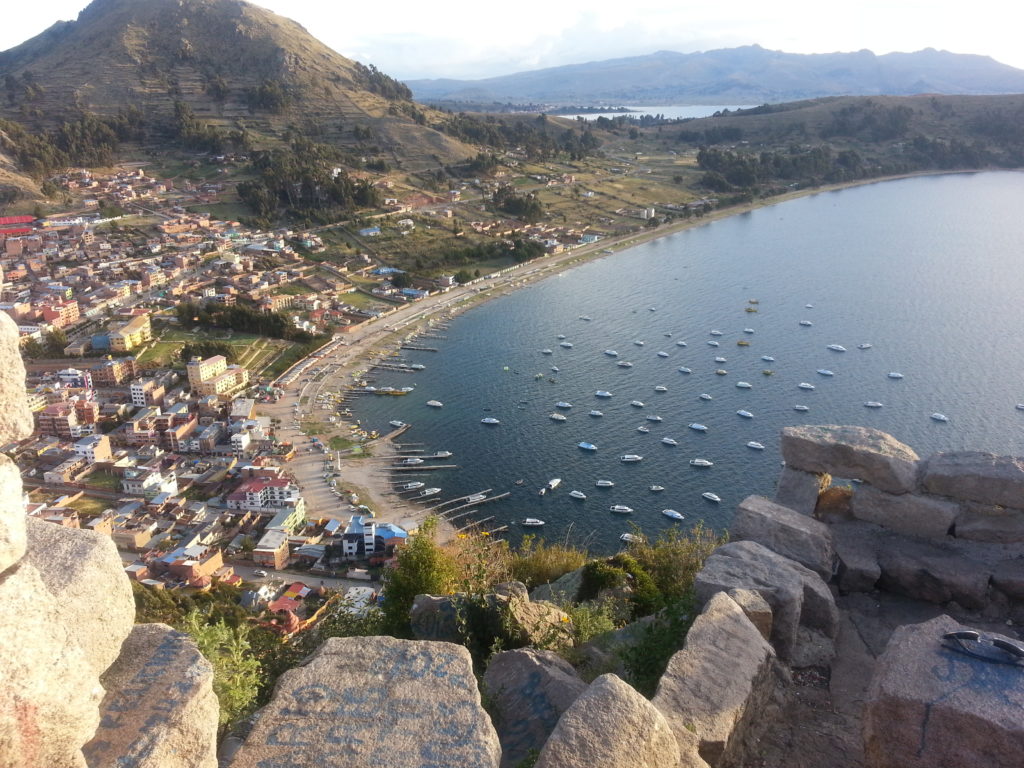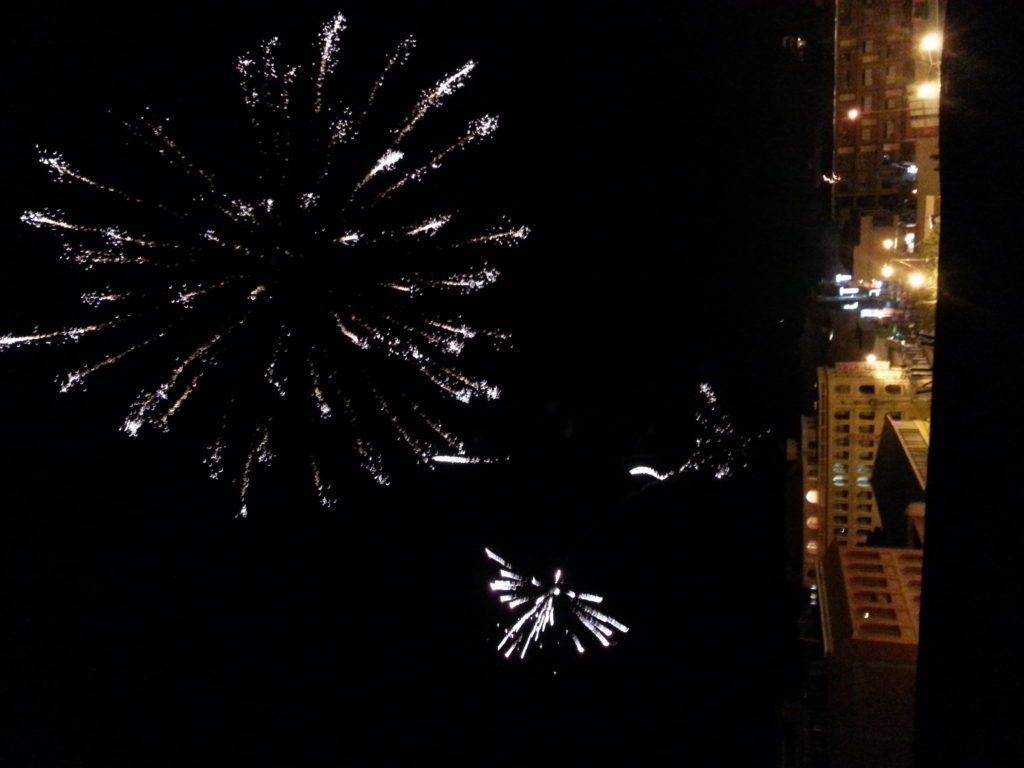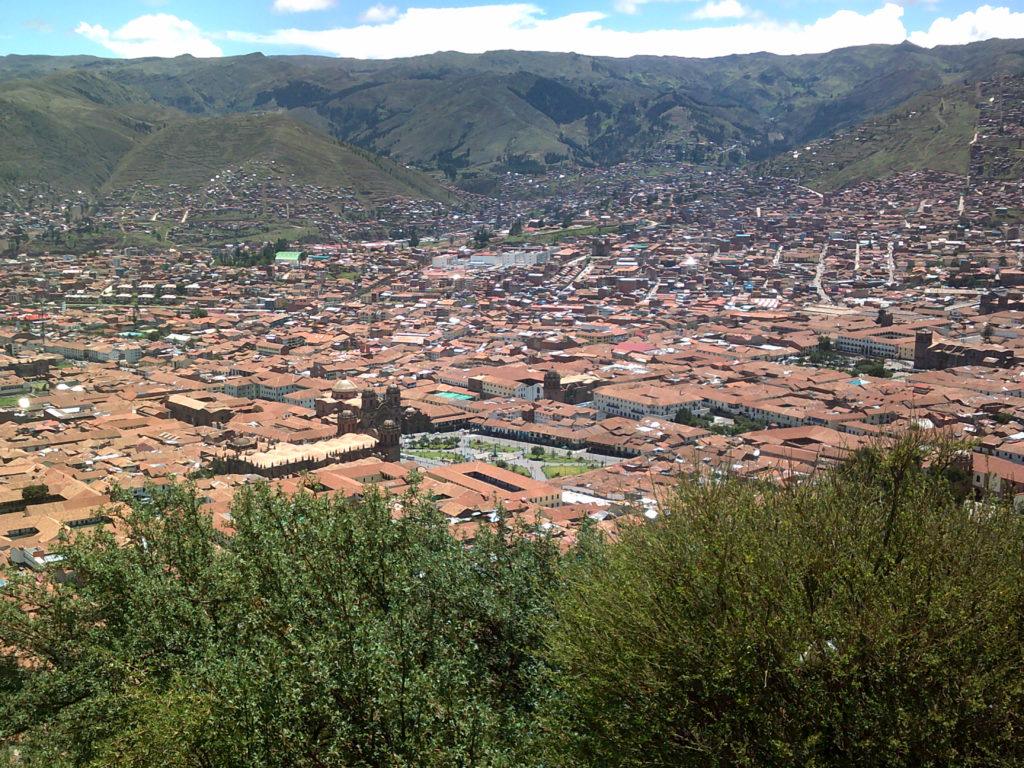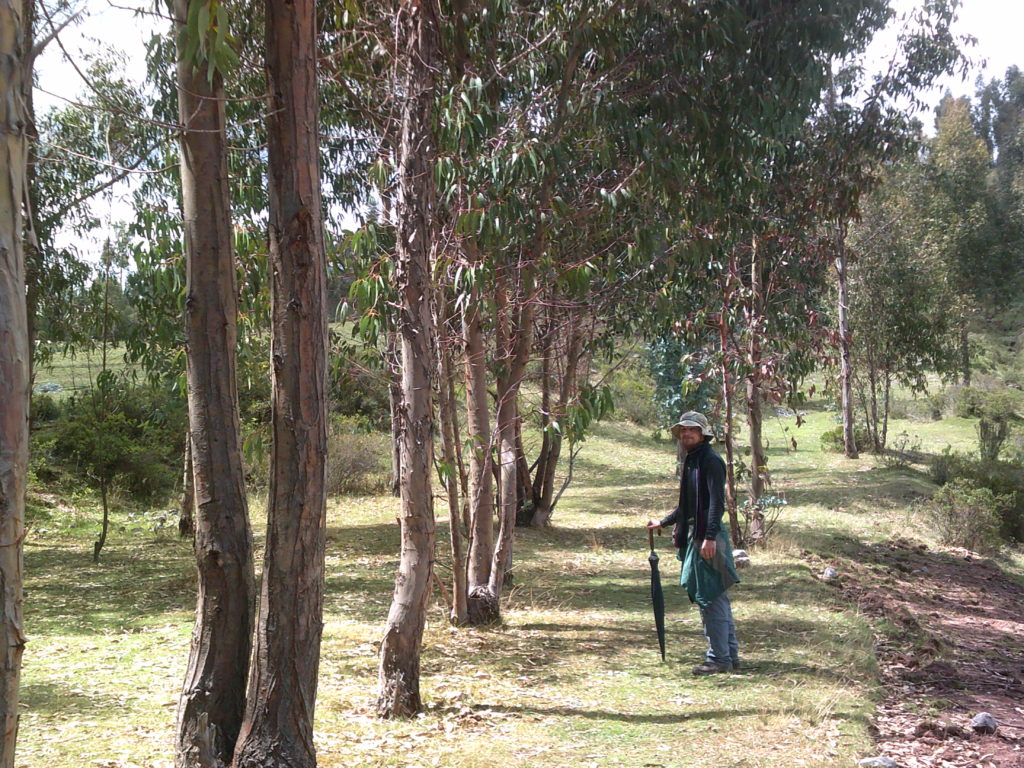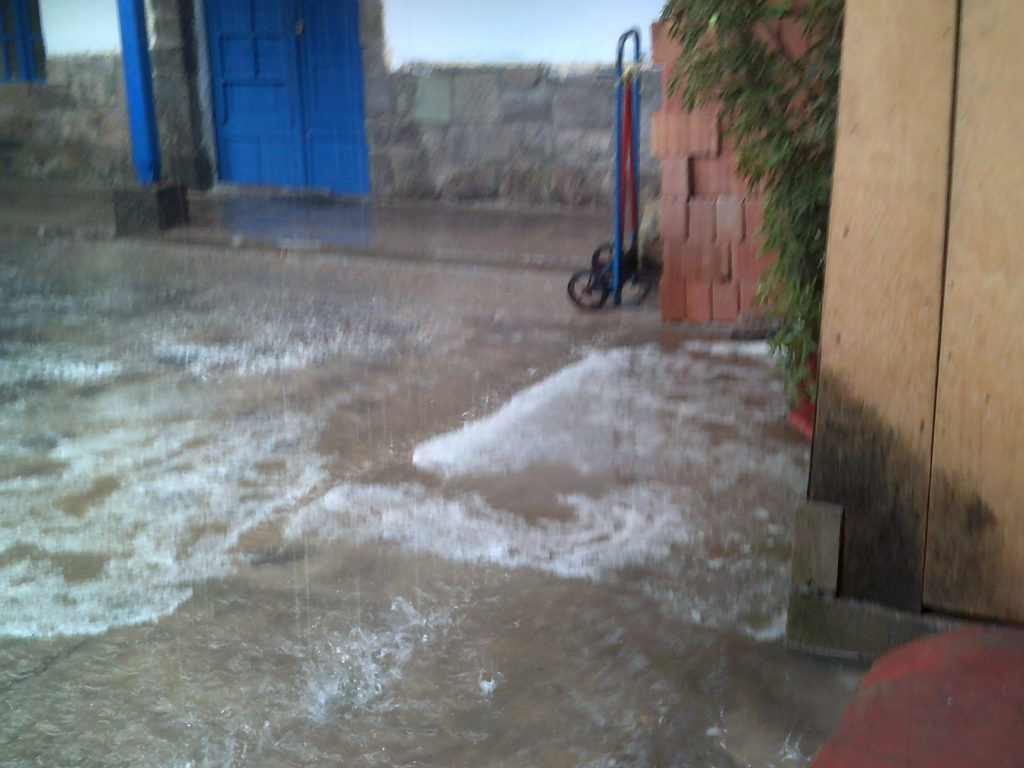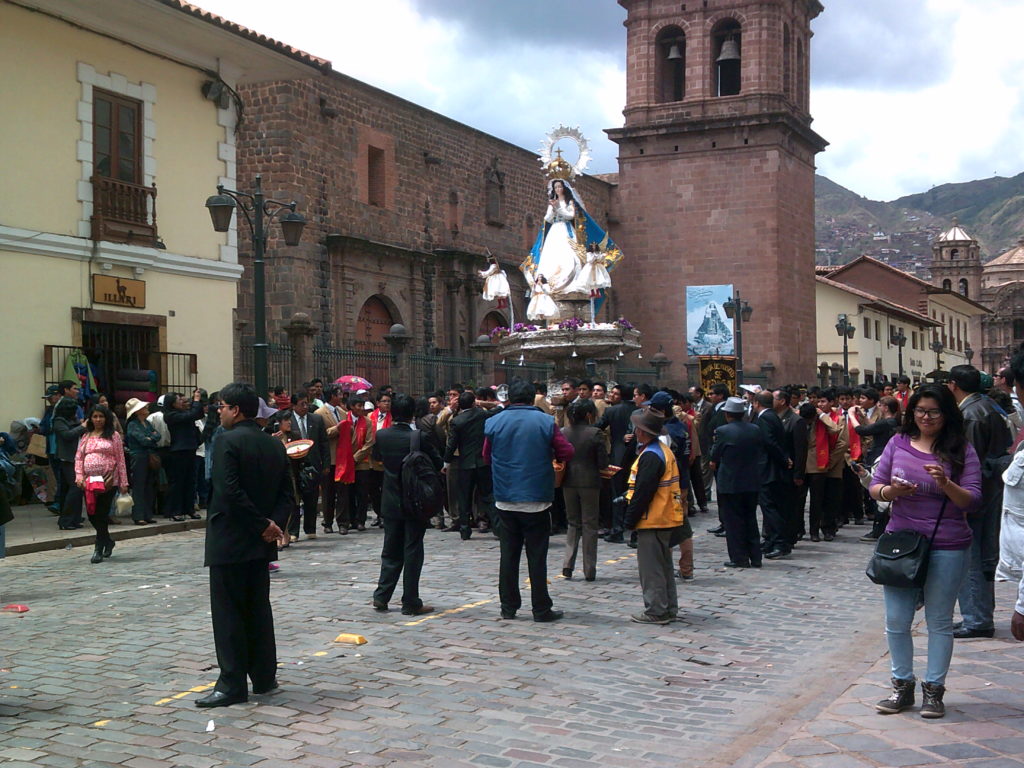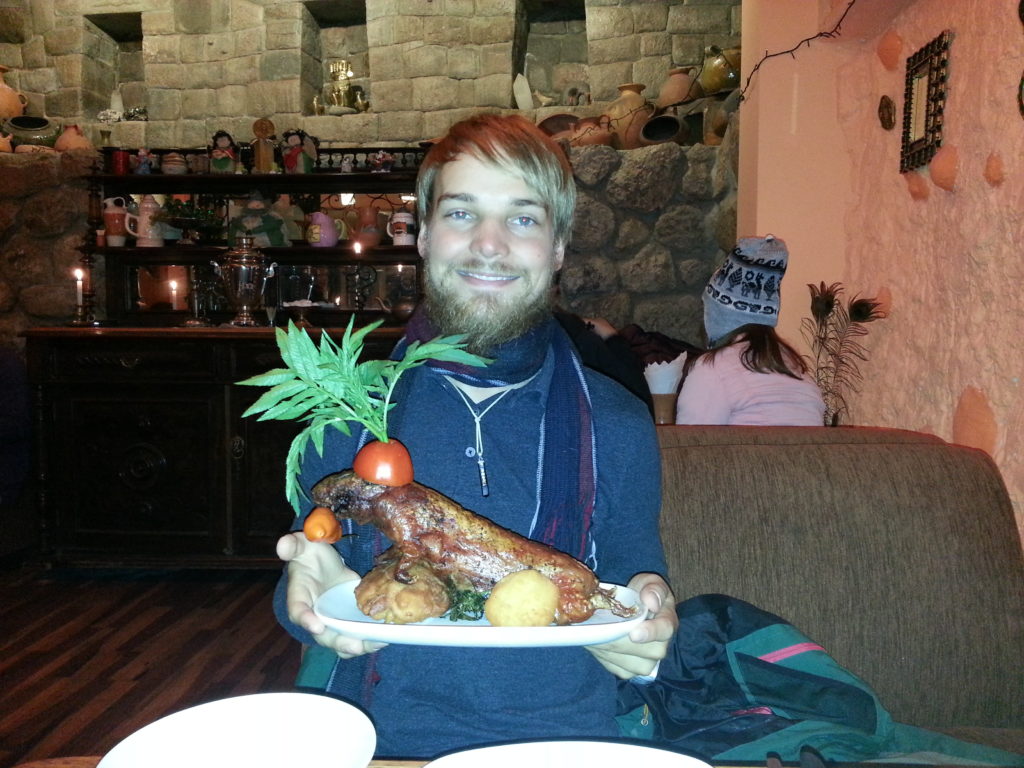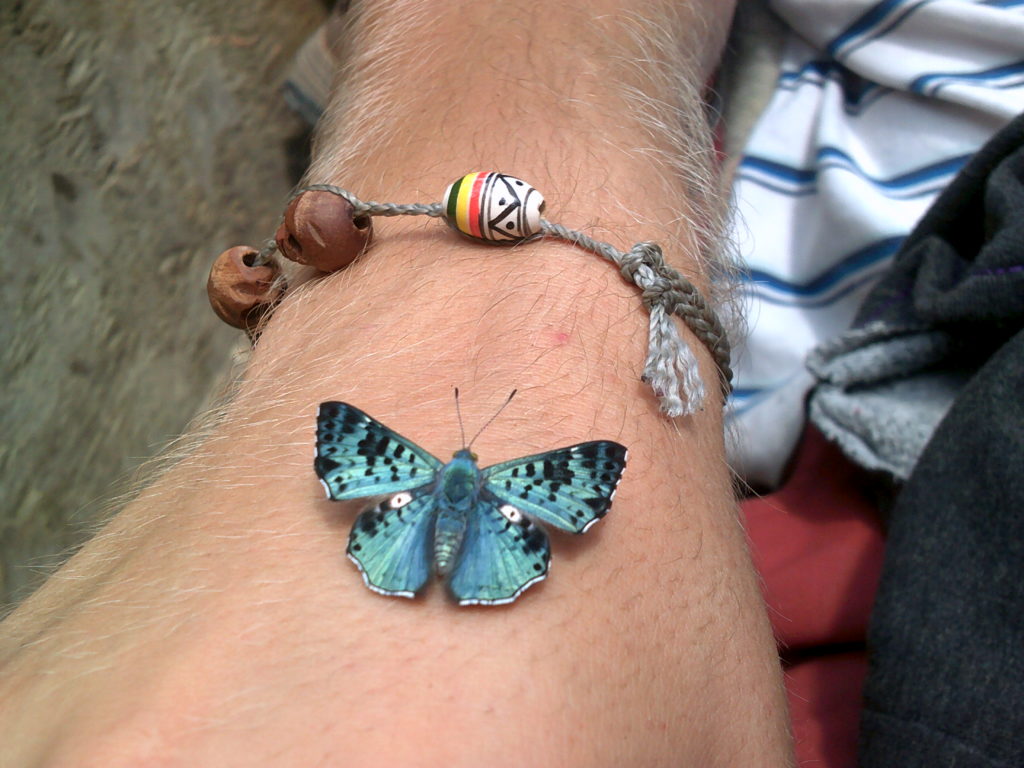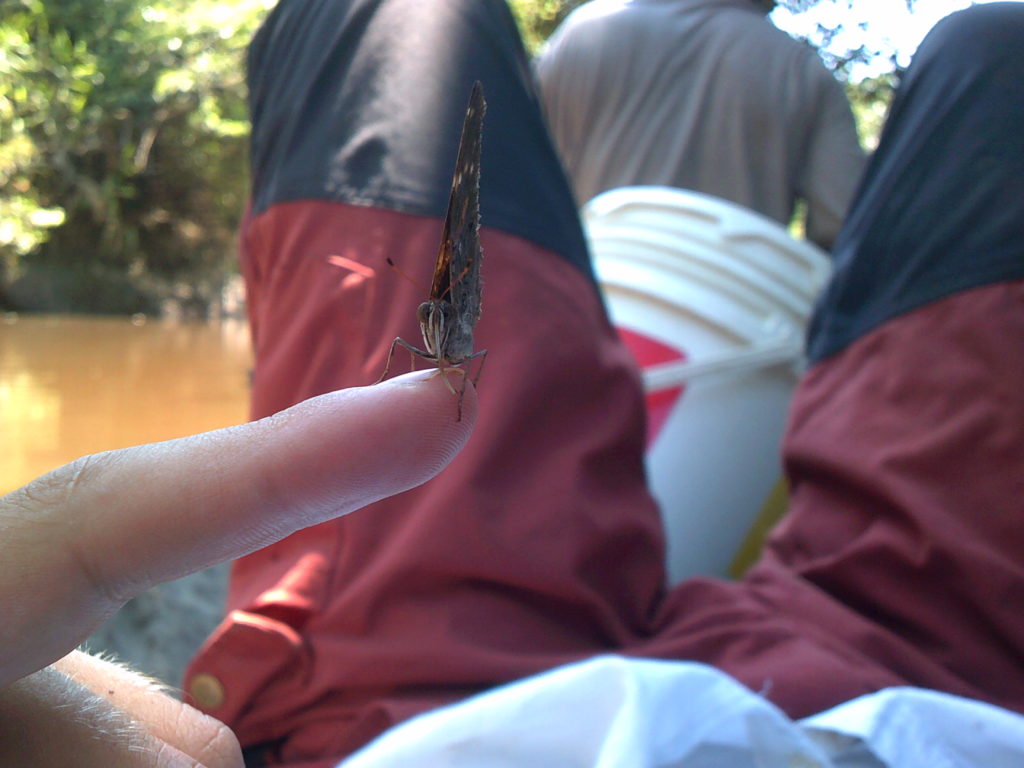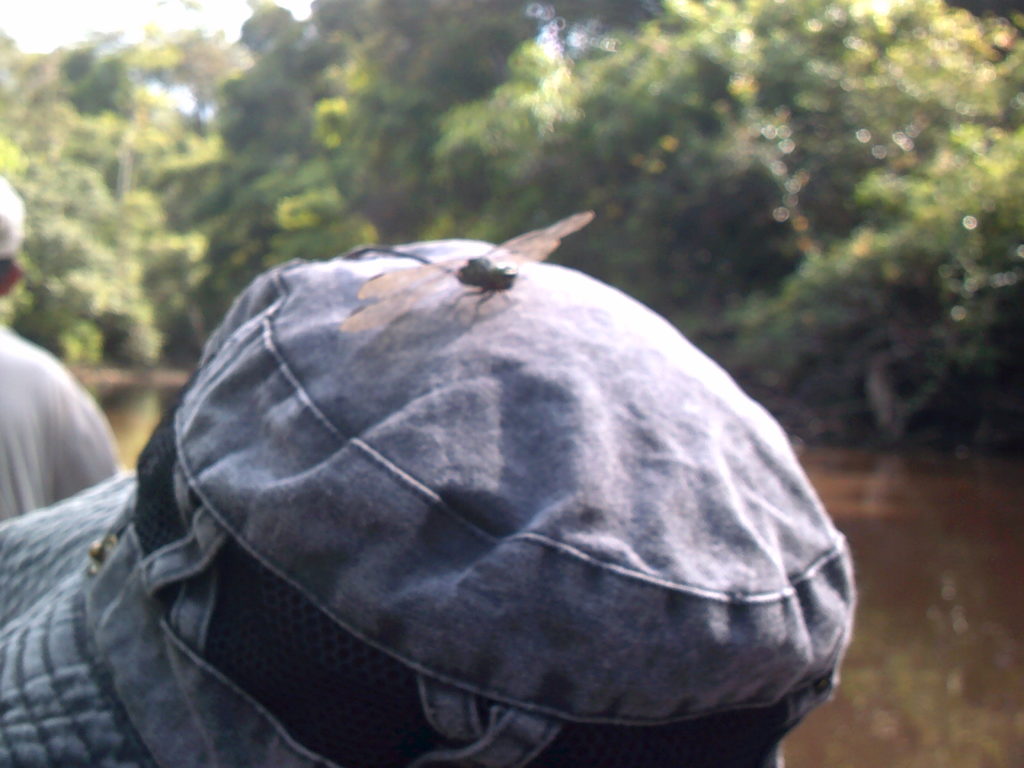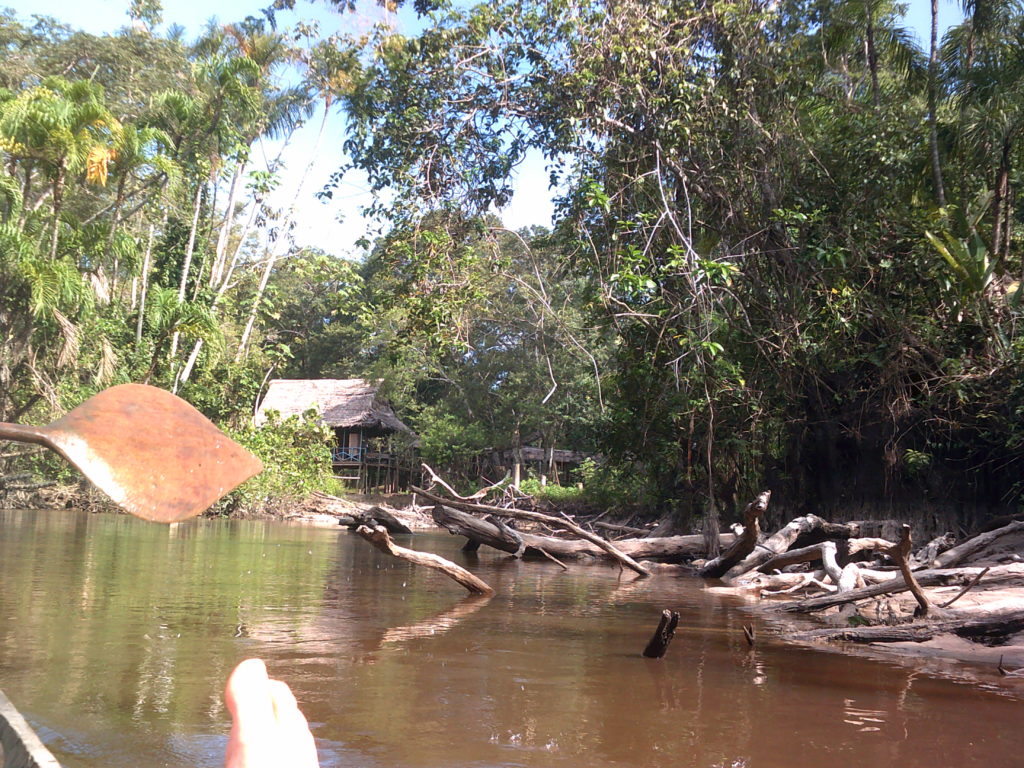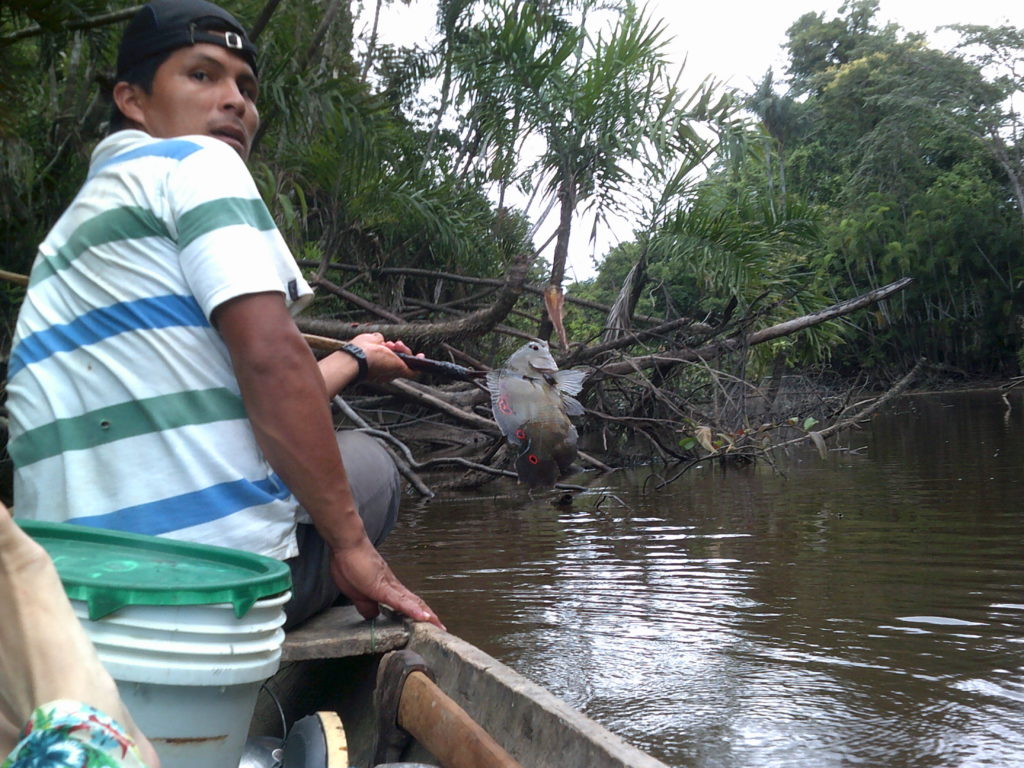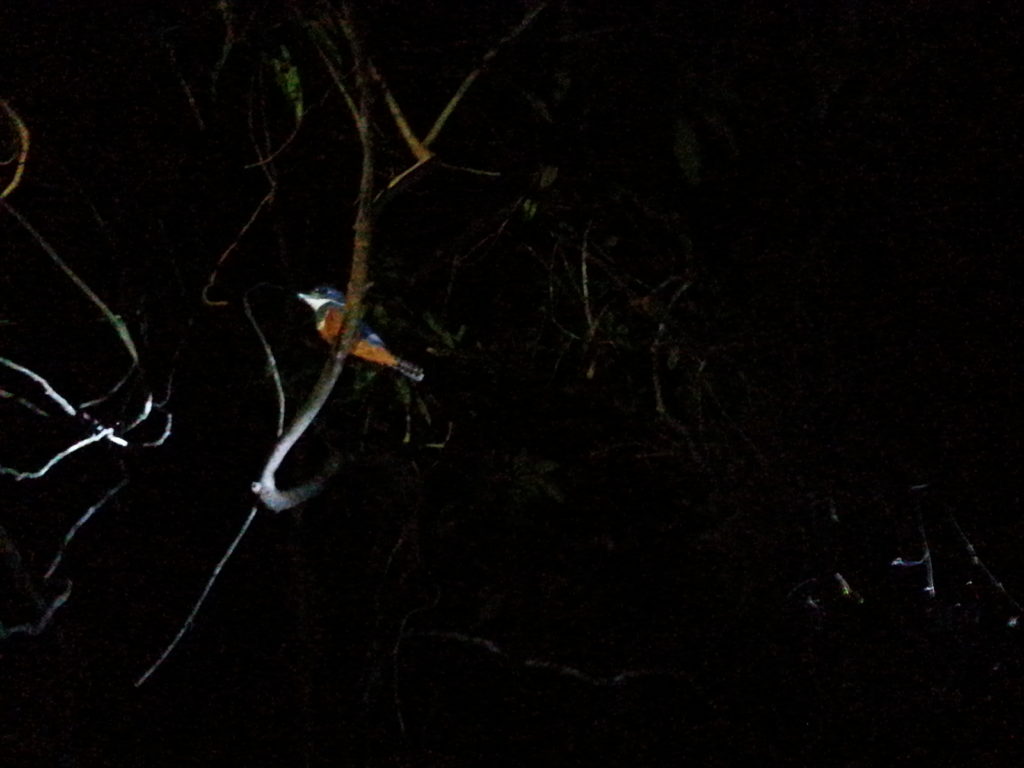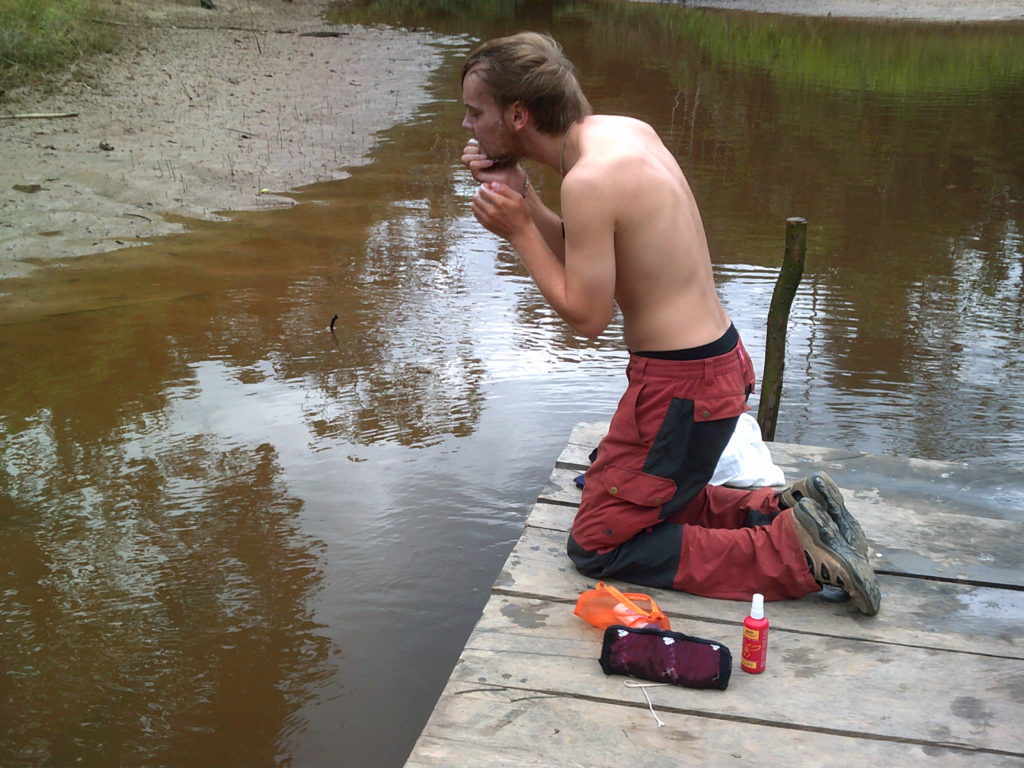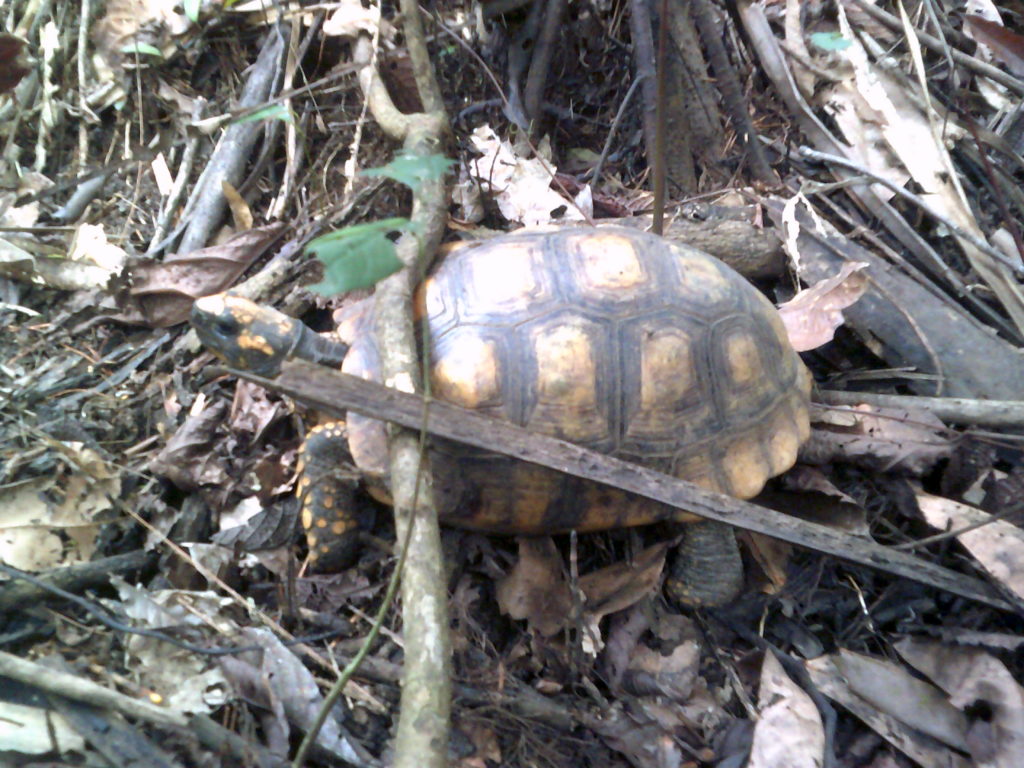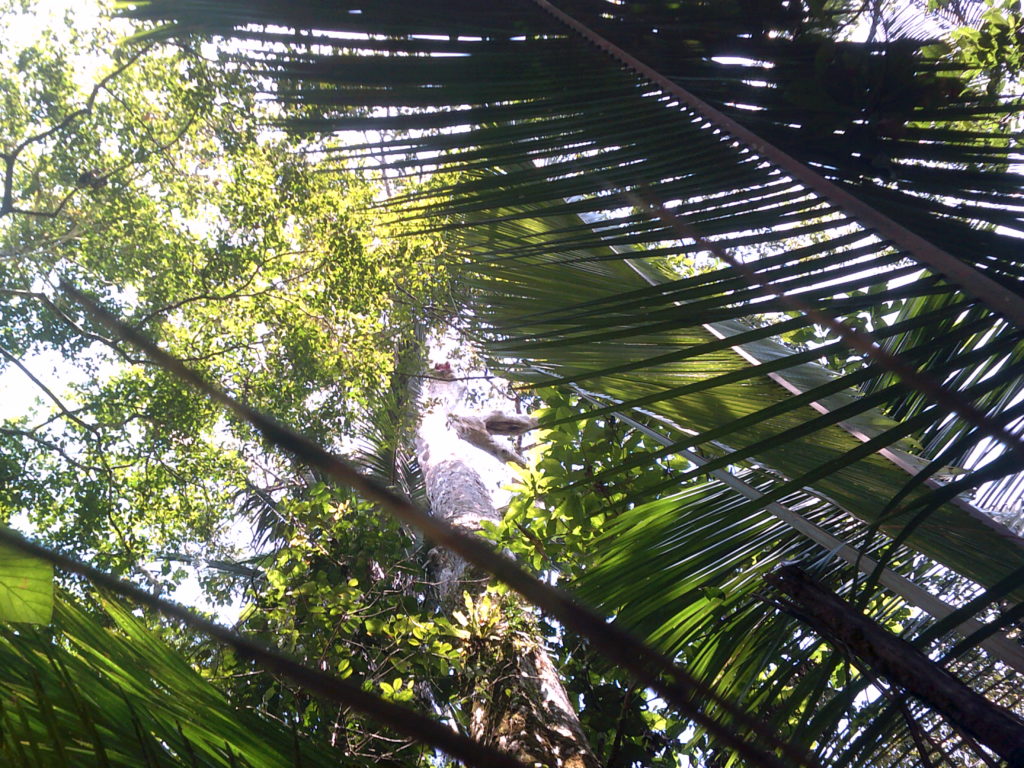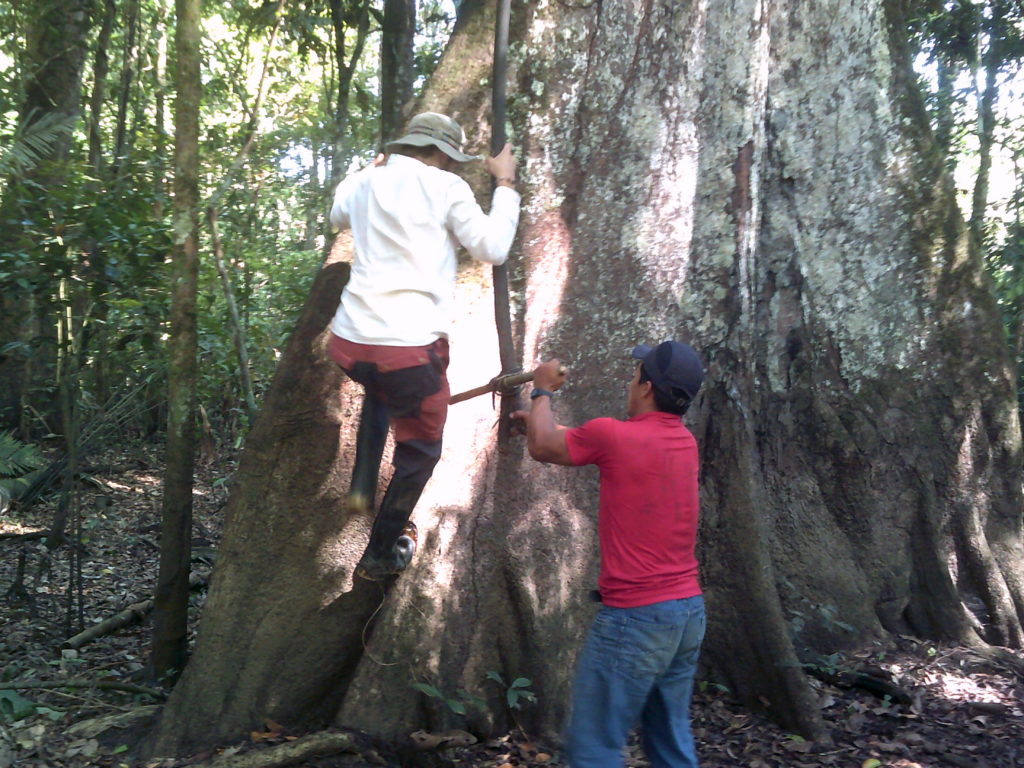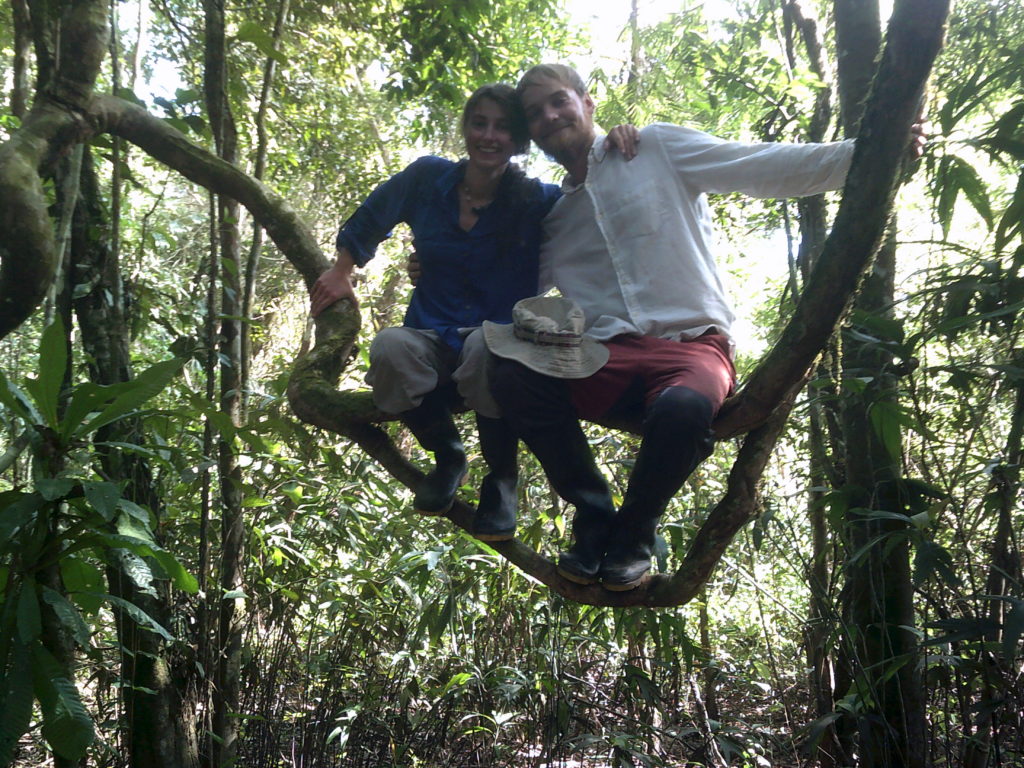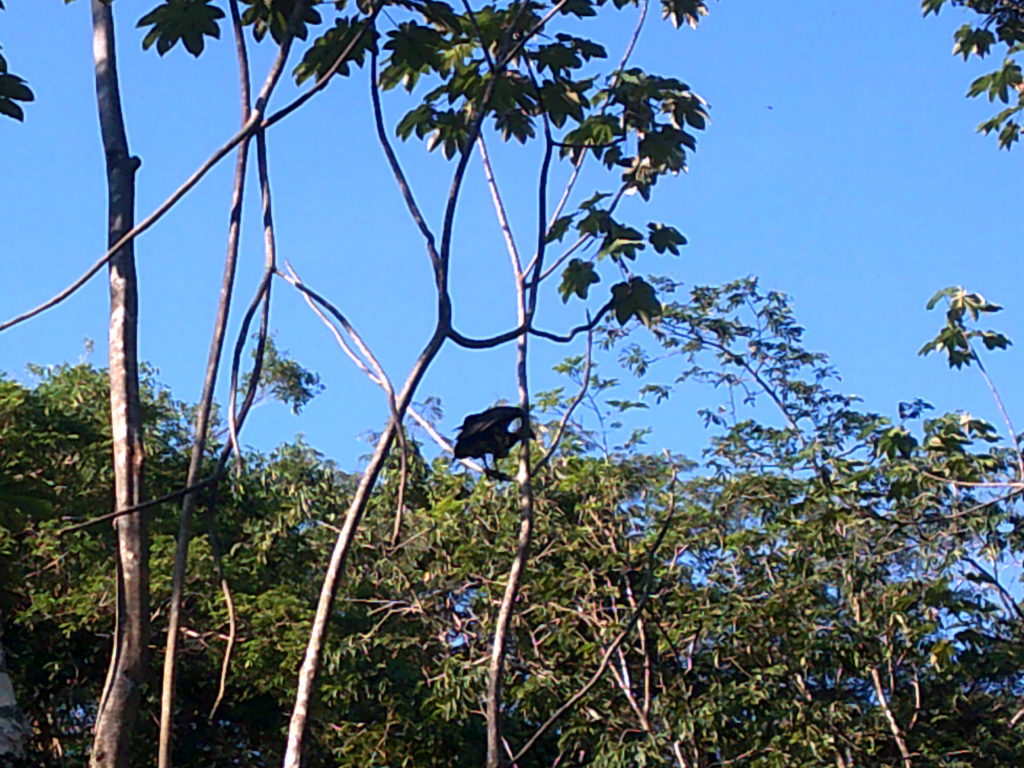After a trip over the most horrible road Bolivia, we arrived in Tupiza at 2 o’clock in the morning. Since we were very tired we decided to sleep at the bus station. In the morning we found out that the only busses that still have space left would leave in the evening. So we decided to leave our luggage at the bus station and went out into the city to search for a coffee which we found at the central Mercado. the day we spend in the main square relaxing and sleeping. Due to sounds getting louder and waking up Paula we found out that it was carnival. it was a huge parade with multiple groups of dancing man in costumes sadly we didn’t get to see all of it because we had to go to the bus station and take our buss to Tarija.
Autor: paulakallert
-
Salar de Uyuni
When we arrived in Uyuni with the two french girls, Montaine and Garance, our first goal was to find a hostel and a tour for the trip to Salar de Uyuni, the biggest salt desert in the world. A cheap hostel was quite difficult to find, but tour companies were all over the place. We went with the company that seemed the most organized. Since the tour only started at 10:30 am we got some coffee first before going into the desert. In our tour group there were two more people, two guys from Switzerland. After stopping at some tourist street right outside the desert, we got our first view of the salt flats. At first the floor was very brown because over the last months there had been a lot of wind that brought in a lot of earth from outside the desert, but later the floor was all white. We had our first break at a salt hotel, where we got some food at then went on to the „island“ in the middle of the desert, which used to be a corral reef. There were a lot of old cactuses and from the top we had an amazing view of the white desert.
When we were finished with the hike around the island our driver took us to the hotel, two hours from the salt desert. The walls of the hotel were made out of salt, and there was salt on the floors.
On the next day we got to see some really interesting rock formations and went to five lakes with flamingos. Even though the sun was shining it was very cold because of the strong wind. The evening we spend in a hostel near the lago Colorado, where the water was only sometimes working. But we got a bottle of wine for our group.
The next day we left very early when it was still night outside to go to a geysir area. It was very different than the ones in Yellowstone, since they don’t break out here, but just cook slowly. The next stop was near a outside pool, powered by volcanic activity, where we first had breakfast (pancakes!) and then went to relax in the pool. After that we went to a lake, that should have been green but was not because there was not enough wind.Then we were on our way back, and in Uyuni took a night bus to Tupiza.
Thanks to Max‘ mum, who gave us the tour as a late Christmas present. -
Potosi
When we arrived in Potosi, we decided to walk to the city center by foot, which turned out to be an one hour walk. Near the center we found a hostel that, for the first time in Bolivia, had a kitchen. We had planned to do a tour of the silver mines there, but it turned out that it was the first days of carneval and after that it would be Sunday so there would be no miners. So we skipped the tour.
We got some new trousers for Max to replace the ones he forgot in the mountains and walked around the city a lot, looking at churches and government buildings. One time we visited the cathedral, which is only opened for special events and tours since it would otherwise break down. From the top of the Bell tower we could see the whole city and the surrounding mountains. On the last evening we went out with a group of french people to drink some beers.
Two of the french girls had the same plan as us to go to Uyuni the next day and take a desert tour, so we decided to share a taxi and get on the same bus.
-
Hiking around Sucre
Since we had some time left we decided to go hiking in the mountains around sucre. We chose to go to Maragua Crater, because according to the internet it has some nice rock formations. We got a map from the tourist office in Sucre and got the directions to the bus meeting point to go to Chataquila, the starting point of an restored Inca trail. Since it was Sunday, our only option to go there was in the back of an old truck with other Bolivians, and a lot of other stuff.
When we got to the small church there were a lot of people who showed us the way to the starting point of the trail.
After three kilometers on the trail we found a really nice spot overlooking the surrounding mountains and decided to stay there for the night since we were still tired from the night before. Max had to walk back two kilometers to get water for cooking while Paula collected firewood for the small fireplace.
In the morning we did some joga and started walking in the direction of Maragua. The walk was longer than expected and since we took all of our stuff with us our backpacks were very heavy. We took a lot of breaks, one of them by a big river to do the dishes. When we finally arrived in Maragua, there were no people to be seen and finally a child let us to a hostel, that looked fine at first sight but was a little pricy. We got rice, eggs and French fries for dinner there. We asked for firewood for the fireplace, but they didn’t have any. In the night there was a really big storm and it started raining into the room, so that some of our stuff got wet. In the morning we got bread and coffee for breakfast and we decided to go to ninu mayu, where there were supposed to be some dinosaur foot prints. After yoga, we left. Since there still was no one in sight in the village, we couldn’t buy anything for our lunch and started walking into the direction where we hoped to find ninu mayu. Because we had filled up all our water containers, our backpacks were heavier than the day before and we took our first break after two kilometers.
Luckily some people came by in a truck and we caught a ride direction: ninu mayu. Because of the rain in the night before the streets were very muddy and we had to get out and push a few times. In the end we were all muddy too. By the time we arrived in ninu mayu the sky was quite cloudy. After we paid an entrance fee, which we probably didn’t have to pay, to an old women we saw the dinosaur prints. The woman told us about a path to potolo, the next city we wanted to go to. Since the weather was looking bad and the prints were like „meh“ we went on uphill in the direction of the path. After 200 meters it was raining so badly that we set up camp. After a night of rain it was a beautiful morning and Max hung up our stuff for drying, including his clothes that got wet in the hostel. And that is the story how Max forgot pants, a T-shirt and socks next to dinosaur footprints.
The paht we were walking on was basicly non existand, but thanks to Google map’s we didn’t get lost. After half a day of hiking we arrived in Potolo and took the bus back to Sucre. The street was awesome … noooooot. Paula thought we would die a few times, since the bus was driving 10cm from a 200m drop down the mountain.
-
Sucre
Before we arrived in Sucre, we were told that it is one of the most beautiful cities in Bolivia, since it is all white. But when we arrived it was just like any other city with brick houses. When we got to the city center we were quite surprised at how beautiful the center actually was, with white houses and just as described. We went into the first cafe we found and they actually had real coffee, from a coffee machine! Our first real coffee in two months. They also had very good brownies and during our whole time in Sucre we went there every day to drink coffee and eat brownies.
We found a cheap hostel right next to the central market and two minutes away from the main square. During our time here we got to see the casa de la libertad, the military museum and a anatomy museum with dead fetuses. Not our best choice to go there right before eating.
We also went to the cemetery, which is definitely worth visiting. It is very calm there and they have really old and wonderfully crafted crypts and grave stones. We also relaxed at a mirrador overlooking the whole city while drinking beer.
On the last day before going hiking we went to a german hostel/bar/restaurant where Max got a Jägerschnitzel which he couldn’t eat because there is cream in it and we smoked a shisha. We were hoping for some german beer but they only had Heineken and Paulaner. But the Shisha made up for it.
Other than that we walked around the city a lot and enjoyed the nice buildings.
-
La Paz
Our time in La Paz was very relaxing. We slept in most days, visited some museums and walked around the city. And of course we saw star wars. We had a rough start, since we asked the taxi driver to drive us to a hostel that costs less than 30 bolivianos, but he just drove us to one of the lonely planet hostels, and those are a lot more expensive. Thankfully we had met some people in Copacabana who we went out with before in Chachapoyas in Peru and they gave us the address of a hostel that was a lot cheaper.
We went to a lot of markets, churches and museums, including the art museum, the metal museum, the costume museum and two museums we don’t know what they were about, but nice to look at. They were part of a ticket for multiple museums.
When we went to see star wars, the advertisement was for star wars in 3d and English, but they only had 2d and despite what the vendor said, it had already started so we missed the first 15 minutes. Still worth it.In the hostel we met a french/chilenian couple who gave us a whole itinerary for Chile, what to see and where to go. They told us a lot about the country in general and also gave us some food recommendations for when we get there.
We also got a visa extension for Bolivia,since at the border they only give out visas for 30 days and we don’t know how long we are going to be here.
Also, we finally were able to complete booking our flights to and from Japan. Now it is official, we will fly to Tokyo on the 26th of February, stay in Japan until the 14th of march and then fly to the Philippines.
From La Paz we originally planned to go to Santa Cruz, but the road was blocked because of the rain, so we changed our plans and went to Sucre. On the day of our departure there was a strike and some people had taken over the toll station on the road out of the city, but the road was free again when we left.
The departure was another adventure, since the bus was an hour late and when it finally got there everybody was in a hurry and the driver nearly drove away without Max and another gringo, who still had to get their luggage tags. But after Paula got into a screaming match with the driver we all made it onto the bus.
All in all, La Paz is a wonderful city and the people in Bolivia are very nice and helpful, more than the Peruvians. Until now, nobody has called us gringos, at least not in a hateful way, and people are generally happy to see us, even if our Spanish isn’t that good.
We apologize for the late updates, but internet here is generally terrible.
-
Copacabana
In Cusco we decided to skip the rest of the south of Peru, since the people were a lot less friendly than in the north and it was a lot more expensive. We took a bus to Puno and from there we went over the border to Copacabana, Bolivia. Copacabana is a very touristy city and more then once we got offered weed and other drugs in the street. But after Cusco the weather was a nice difference since the sun was shining most of the days and it was very hot.
From Copacabana we took a day trip to the isla del Sol and hiked around the small island. We also went to the folklore museum and took some walks along the lake. And of course we just relaxed in the sun. From the top of the hostel we had an amazing view of the sunset over the lake and one time we went up to the mountain right next to the city from where we could see a lot of the countryside around the city.
On new years eve we walked around town, bought a bottle of champagne and spent midnight on the roof of the hostel with a Bolivian family. From there we could see the fireworks all around town.
The highlight of our stay was the blessing of cars on the Sunday we arrived, which is apparently very important for locals. For us it was just strange.
The next stop is the capital of Bolivia, La Paz. We hope to catch the new star wars movie there ☺
-
Cusco
After 54 hours of taking the bus with a night in Lima we finally arrived in Cusco. Because we were very tired, we took the first cheap hostel that had a kitchen, hot water and WiFi.
It was actually a small culture shock being in the south since we were so used to negotiating at the market and not being treated too much different than the locals. It seems that here in the south people are more used to tourists so we had to pay extra prices for the collectivos and had to get used to people actually understanding what we are saying when we talk German.
We went to the Inca museum, the chocolate museum, the big Jesus statue, took a free walking tour and went hiking in the mountains. At the hostel we met another German couple, Gitti and Peter, with whom we spend a few evenings, including on Paulas birthday and Christmas. For Paulas birthday the special food was Serano gammon. On Christmas we even had Sauerkraut.
All in all we had a fantastic time in Cusco and it is a very beautiful city. Next we are going to Puno and from there without a stop to Copacabana in Bolivia, right next to Lake Titikaka.
-
Machu Picchu
Since we couldn’t do the Inca trail, we started our trip to Machu Picchu with a three day hike called the Salkantay Trail. It leads through the mountains over a pass with an altitude of 4628m. The trek is mostly alongside a river and you go through a few small villages along the way. The inhabitants are already used to the hikers and there are shelters in which you can build up your tent.
After you hike up the pass, the path just goes down and the weather changes from very cold to kind of tropical. Paula got a bad sunburn on her nose. The best thing was that there is a kilometer or so where a lot of wild strawberries grow. We had to stop eating them or otherwise we wouldn’t have reached the next village.
Our destination was Santa Teresa a small city which has hotsprings. The problem? No street signs so after 3 days of hiking where two consisted of going down we gave up and decided to go directly to Machu Picchu.
To go to machu Picchu we first had to go to Hidroelectrica (yes it’s a water power plant). Since our feet hurt a lot we just took a taxi. From there we had to walk 2,5 hours alongside train tracks to reach the small city Aguas Calientes. Which has hotsprings too … the catch? They are so dirty that they shouldn’t be used by tourist’s. Along the train tracks there are some small restaurants that offer food and drinks, since most of the people walk to Aguas Calientes instead of taking the very expensive train.
Finally in Aguas Calientes we found a very cheap hostel, bought our tickets for Machu Picchu and had the most expensive bad food in Peru. It was probably pretty funny to look at us walking, since our legs hurt so much from the trek. We nearly couldn’t go up the stairs to the hostel.
The next day we had our alarm clock set for 4:30 am to go up to Machu Picchu, but since it was raining we took our time. After hiking up the 1400m to the ruins we had breakfast and then went looking for a guide. The next tour was a Spanish speaking tour, and because after 2 months in Peru we are pretty confident in our language skills we joined them. It was very interesting and the guide spoke very good English so he could fill in the blanks of what we didn’t understand. In the morning the ruins were a very mystical sight with the clouds going through the old stones, and at nine o’clock the clouds cleared up and we could look at the whole city. Our entrance ticket to Machu Picchu Mountain was only valid between 9 and 10, so right after the tour we hiked up the mountain. We were about to give up a few times, since our legs hurt so much but the sight from the top was reward enough.
We decided against going back to Cusco the same day, stayed in the hostel for one day more, walked down to Hidroelectrica and took collectivos back to Cusco.
A big thank you to Paula’s mum, who gave the trip to us as a birthday/Christmas present. Without her, we wouldn’t have gone.
Peruvian street safety 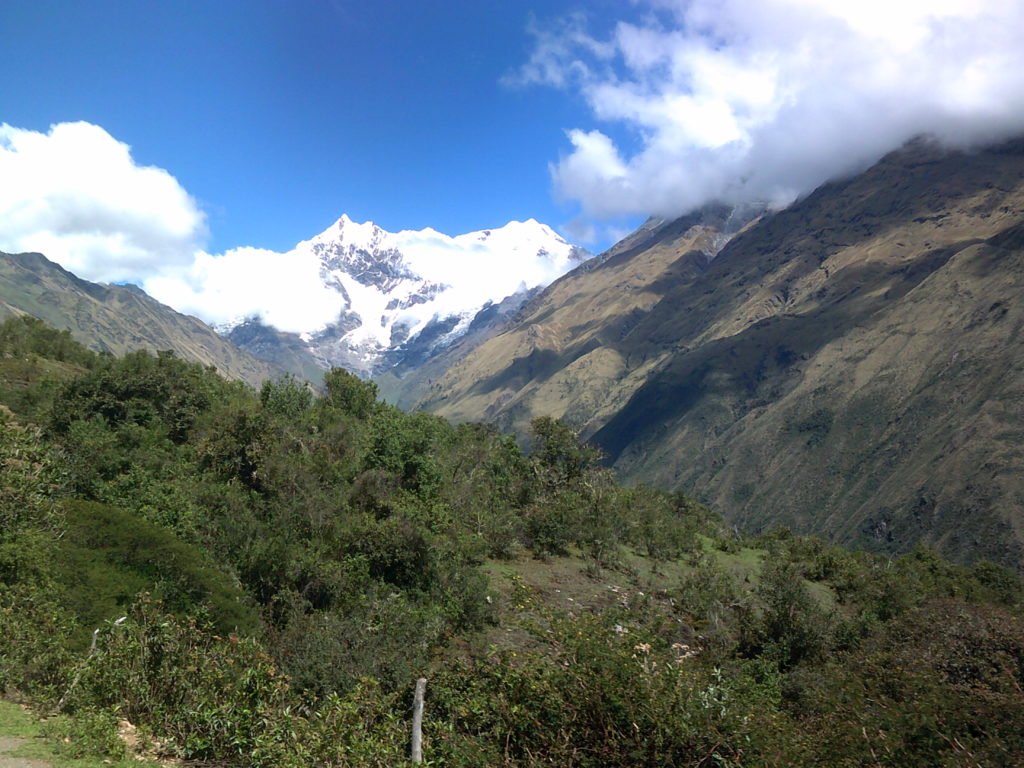
First view of the mountains 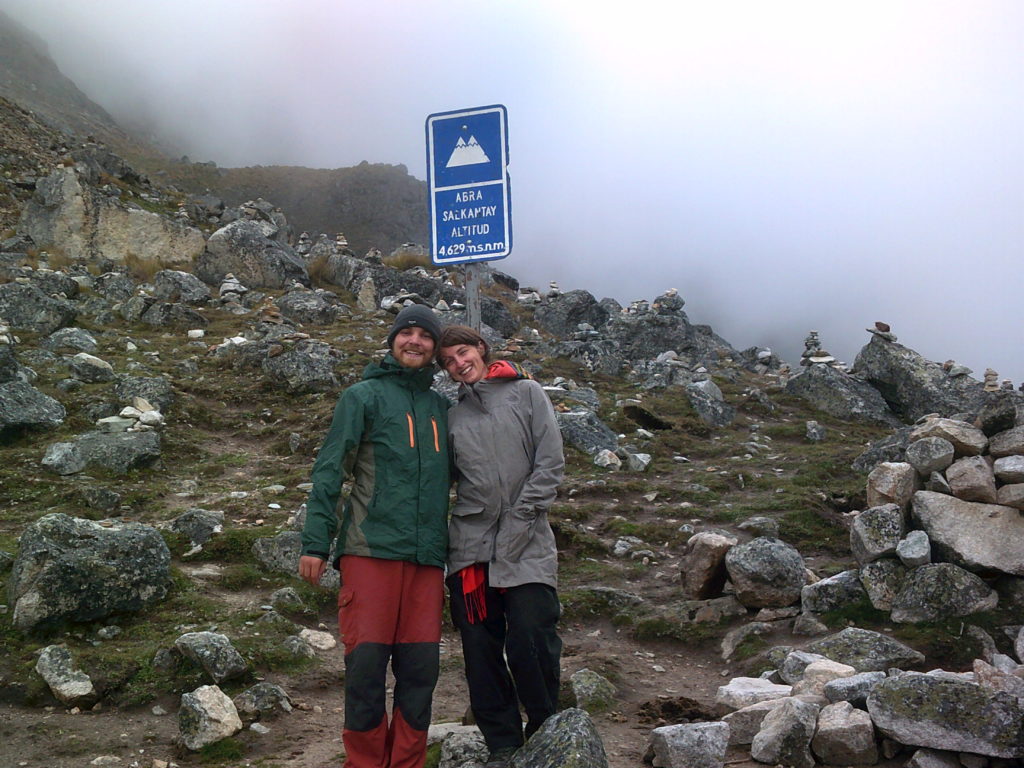
Finally at the top 
Our camp in the morning 
Going down 
Digital Camera 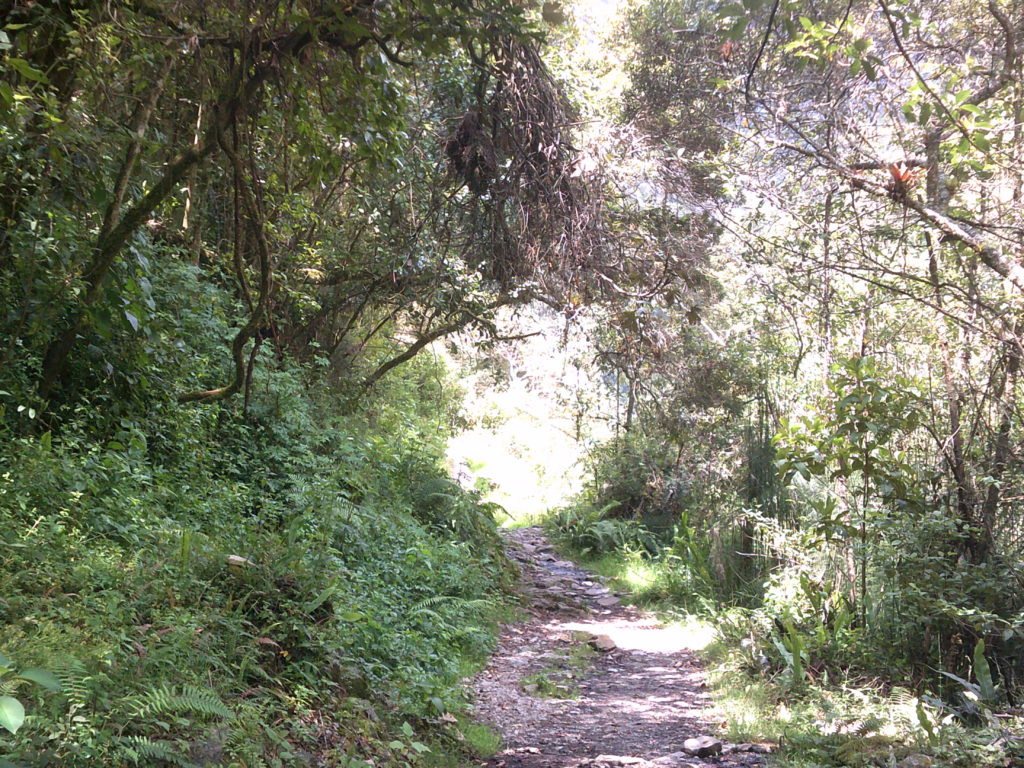
Yay, shadow! 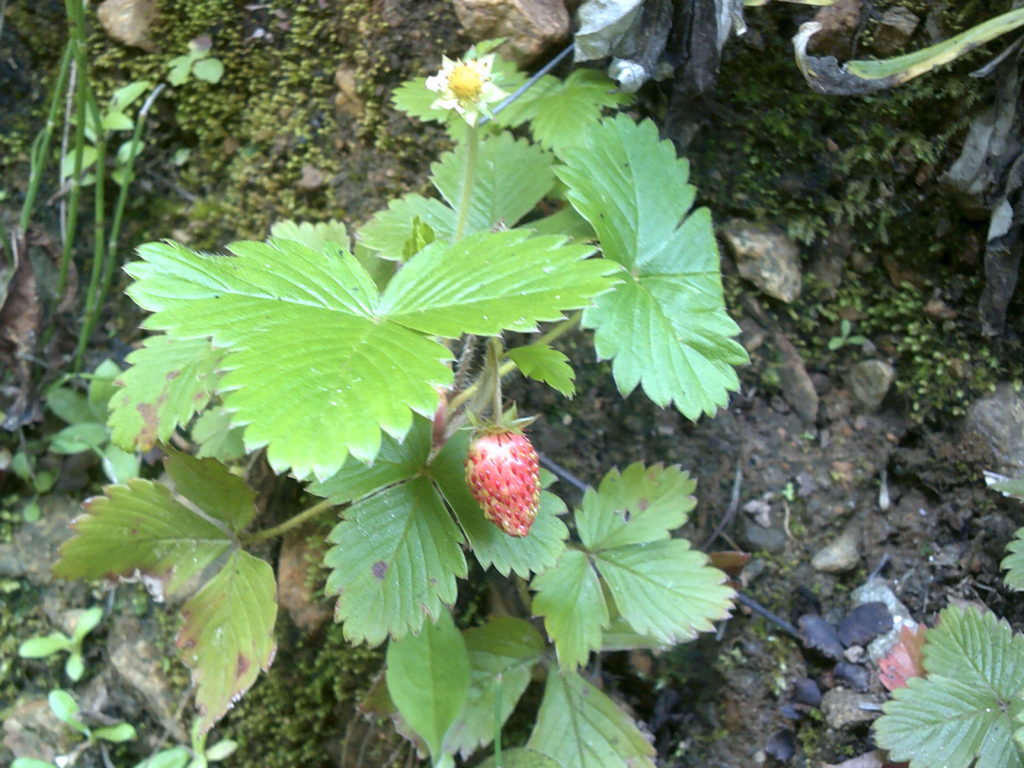
Jummy strawberries 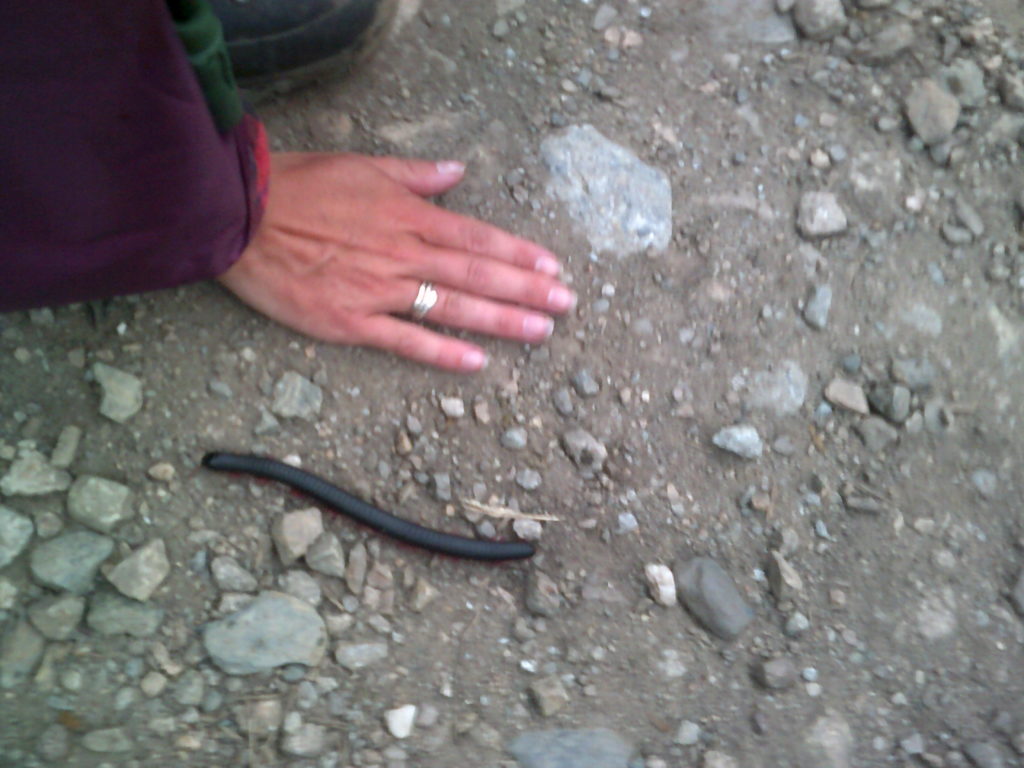
Big insect 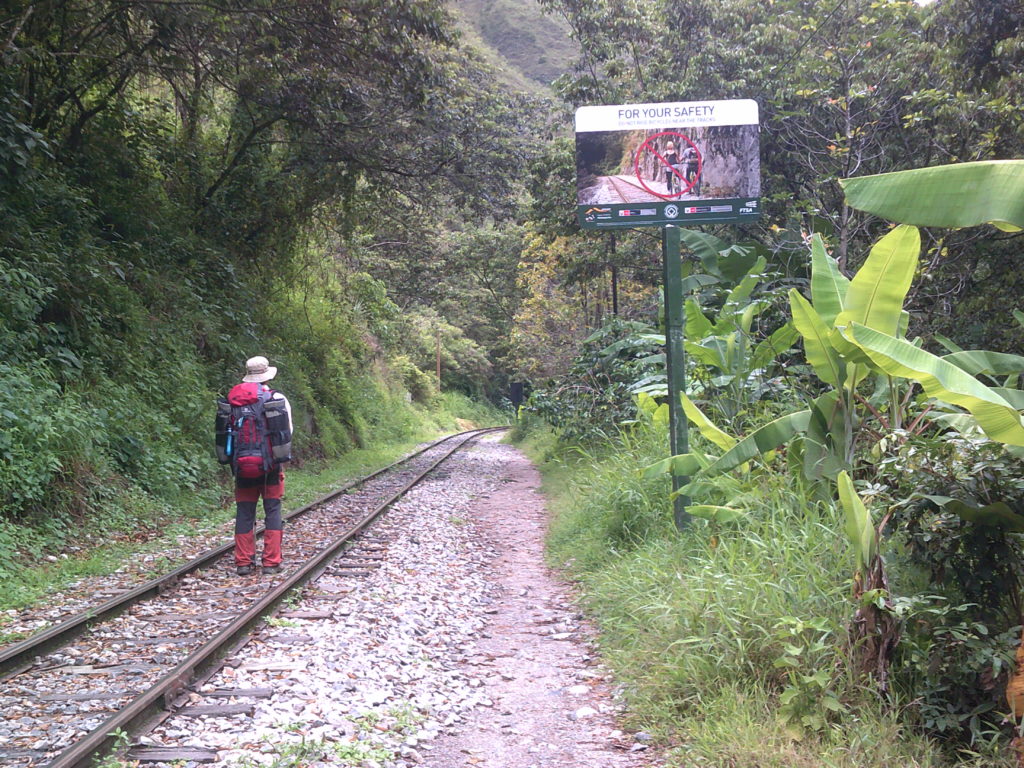
We are rebels! 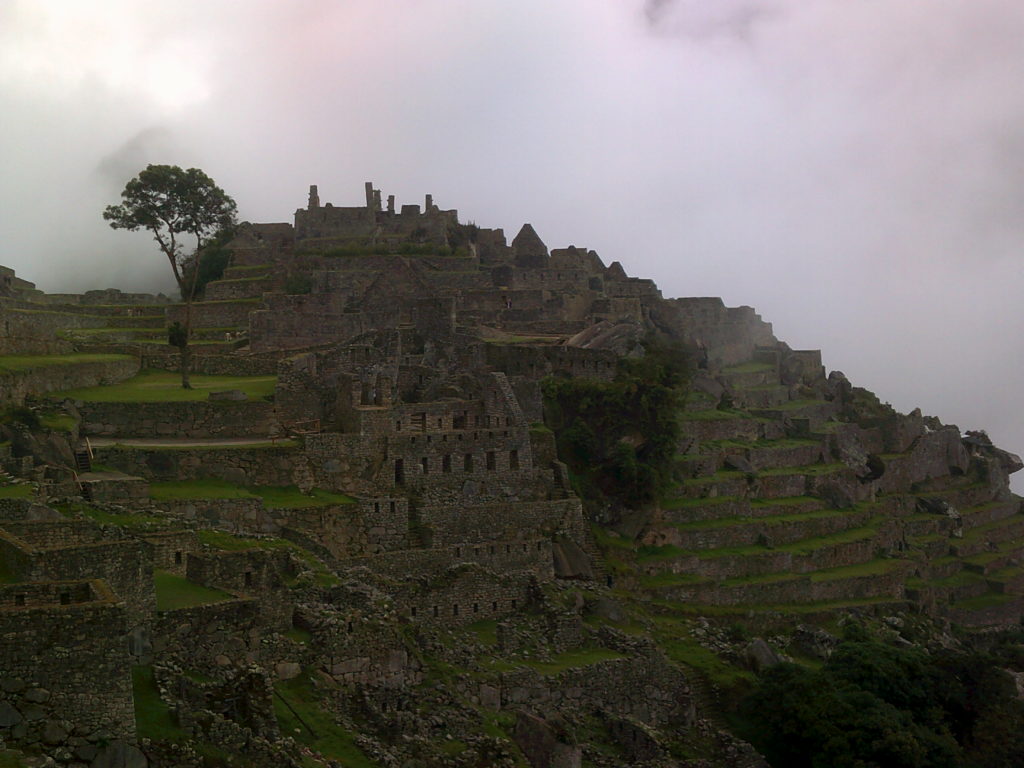
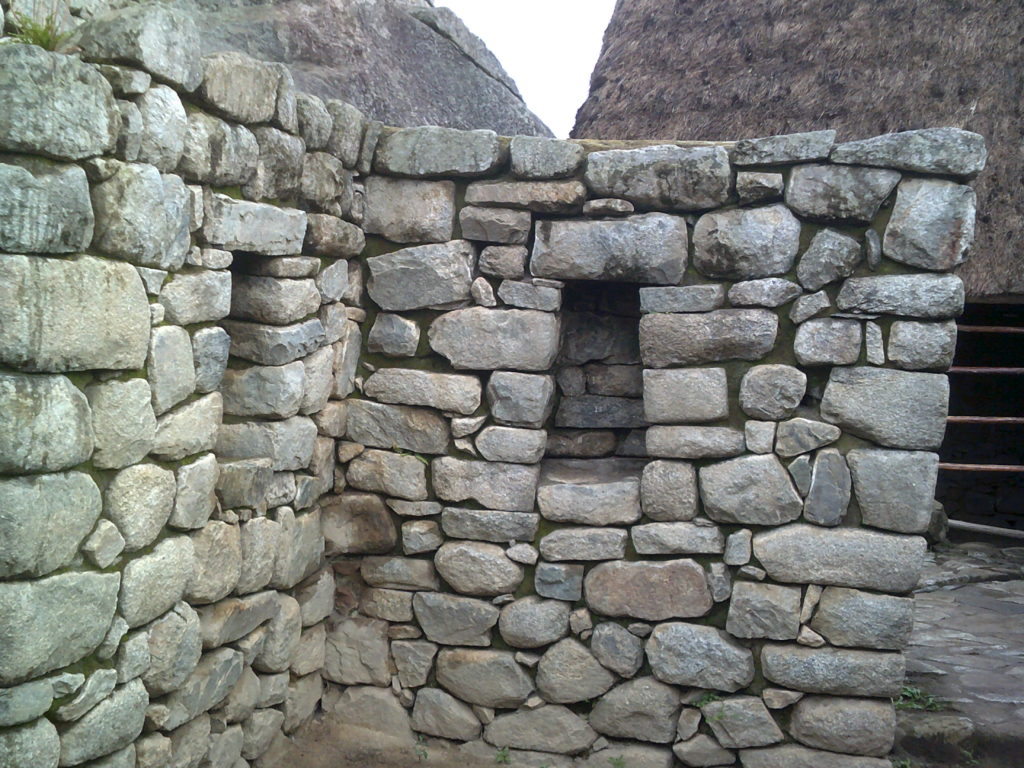
Incan earthquake-proff walls 
Three kinds of incan walls 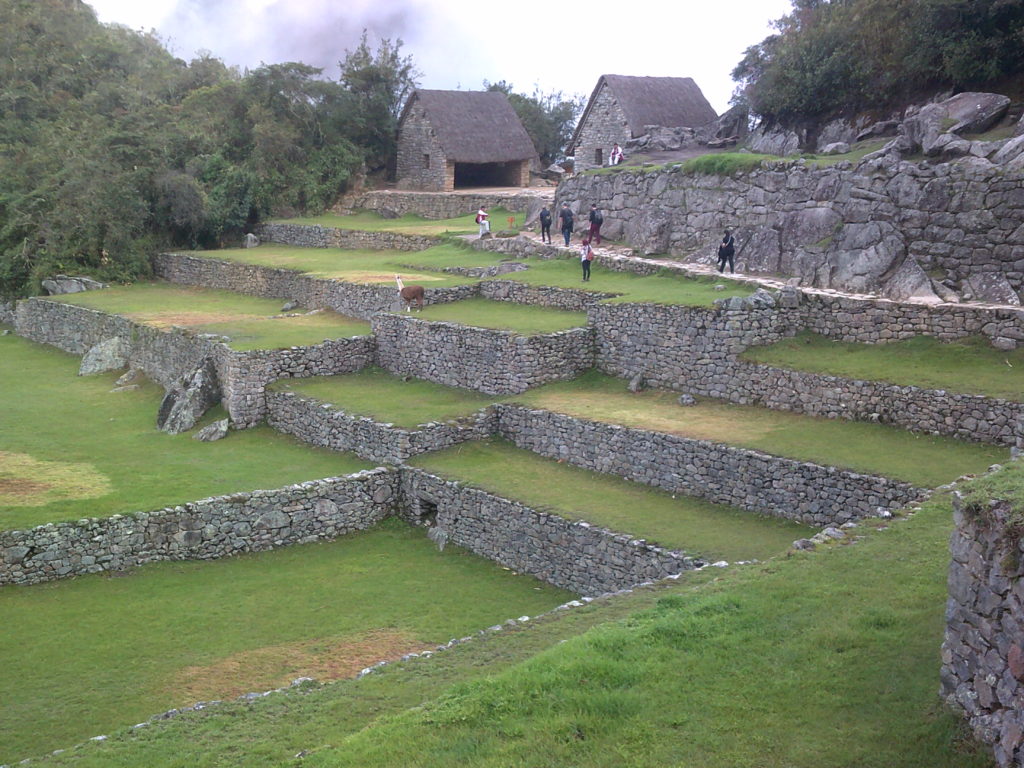
Big steps for humanity 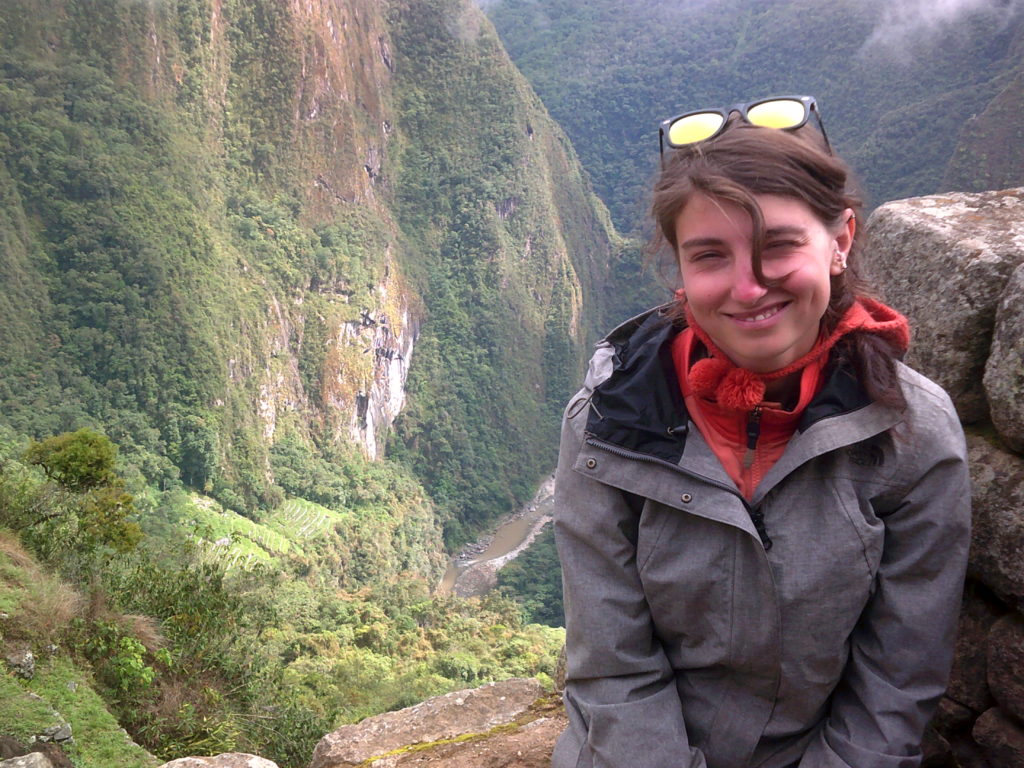
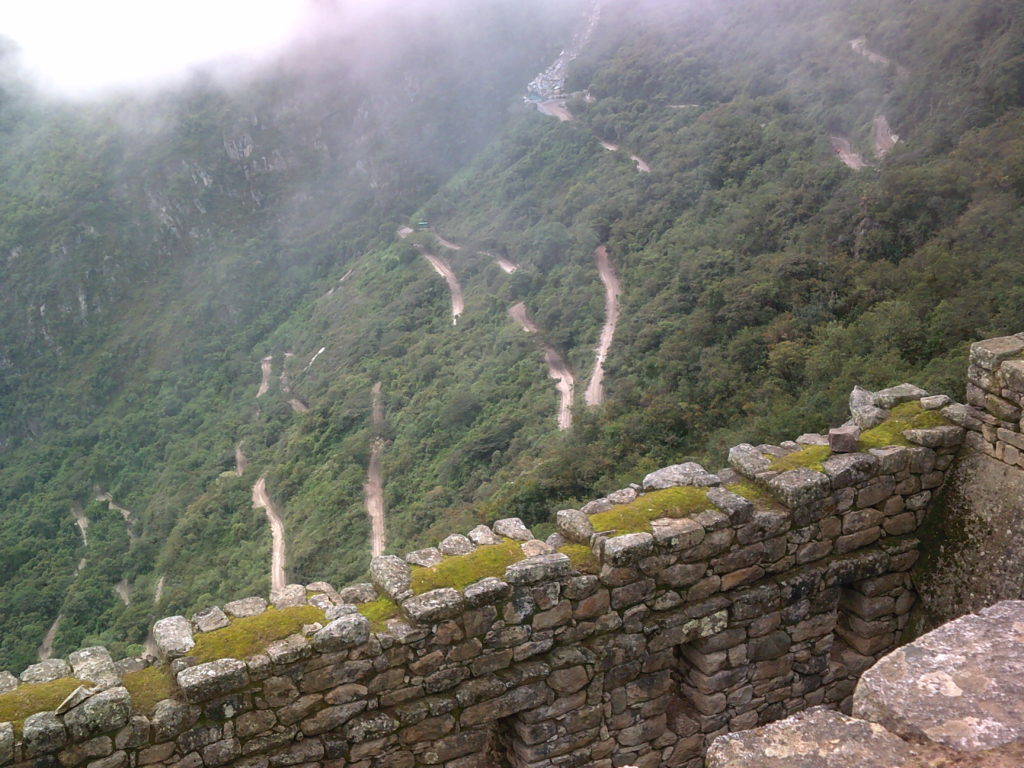
Bus route to the ruins 
Digital Camera 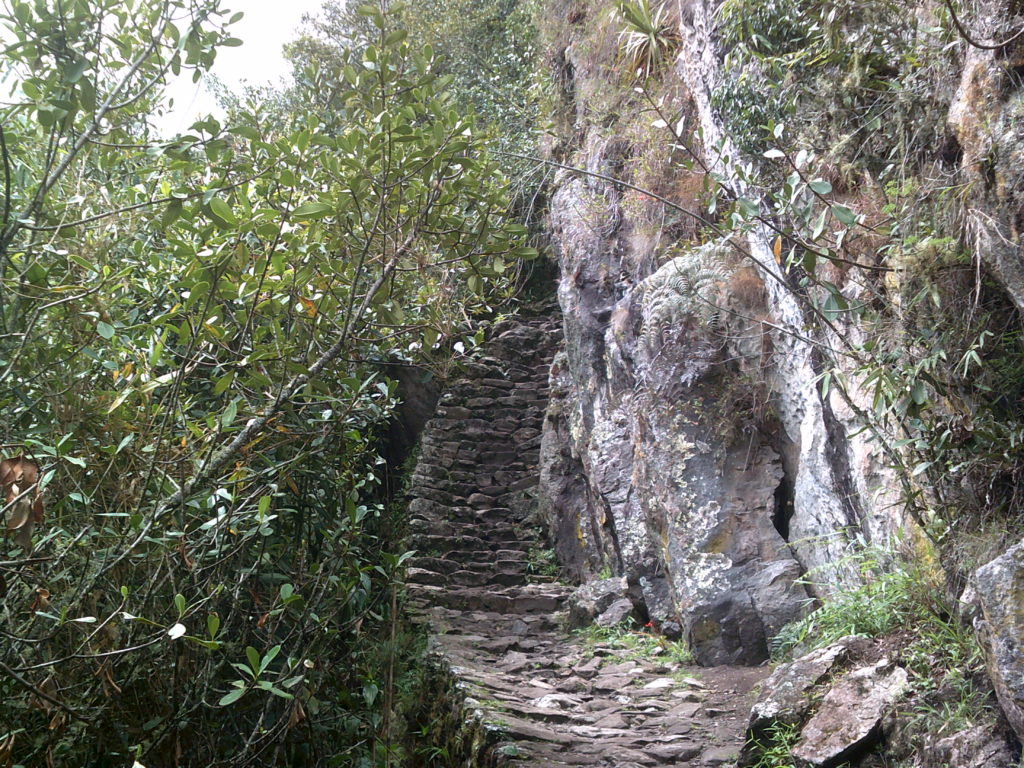
Path up to Machu Picchu Mountain 
Last steps to the top 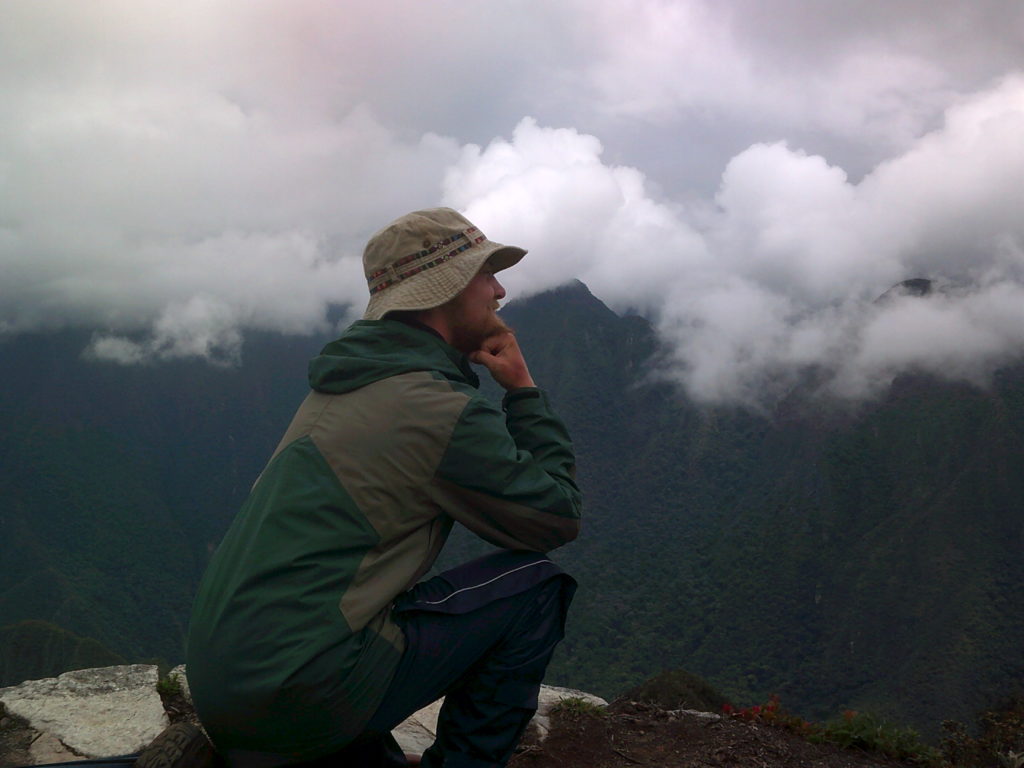
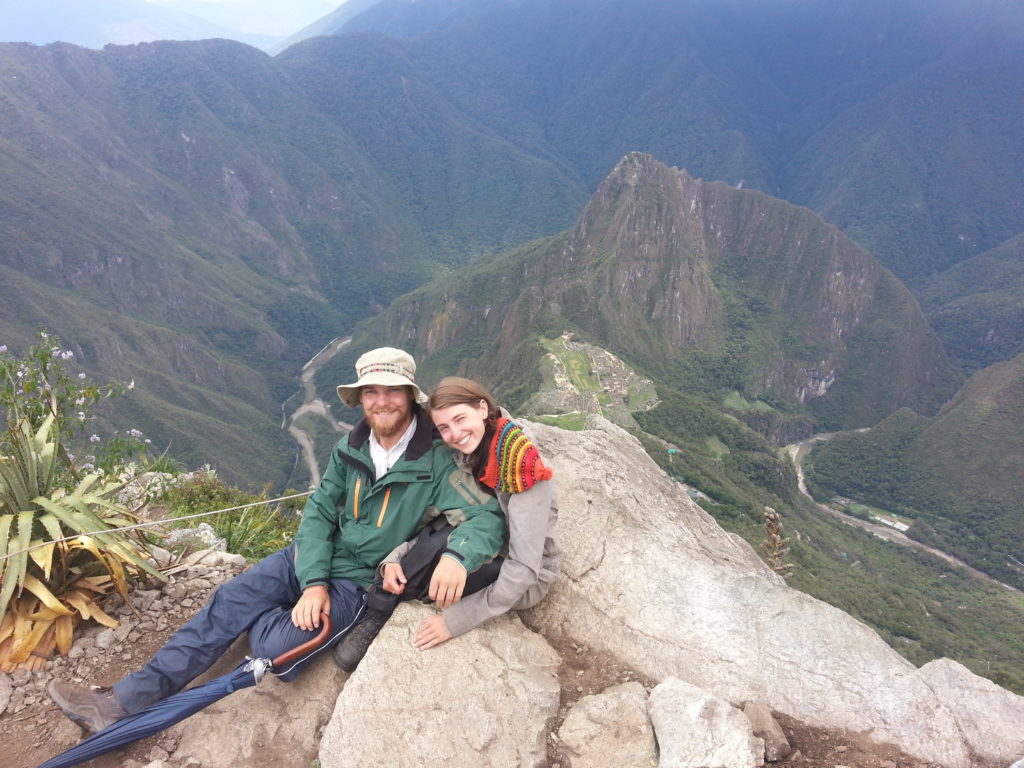
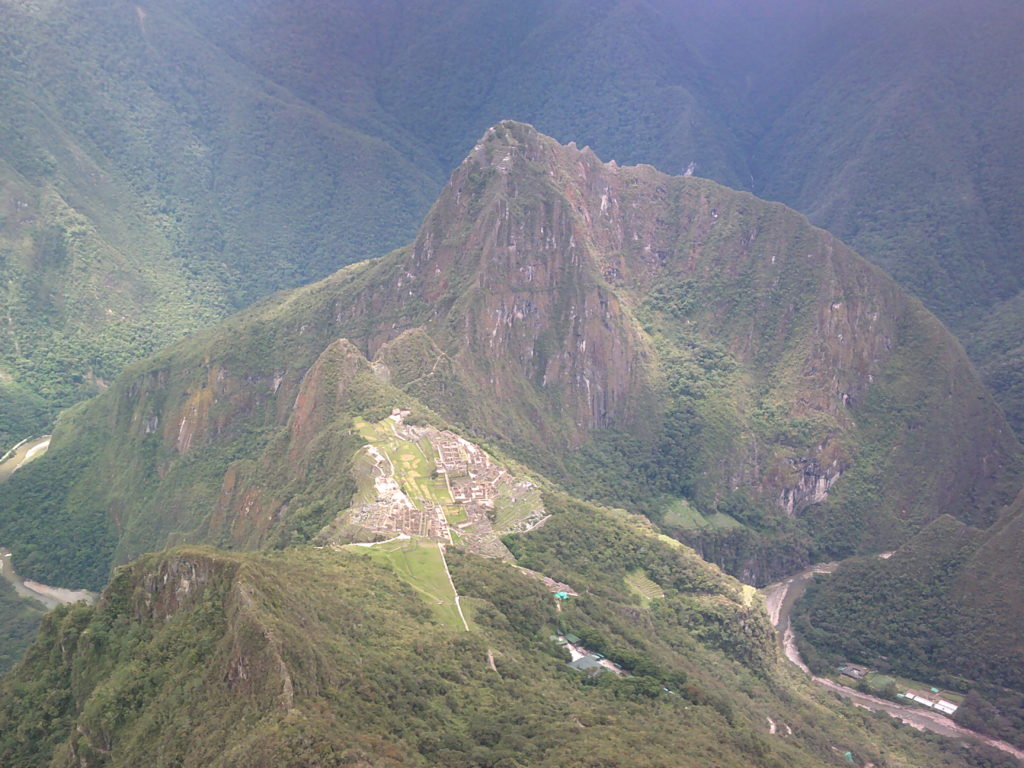



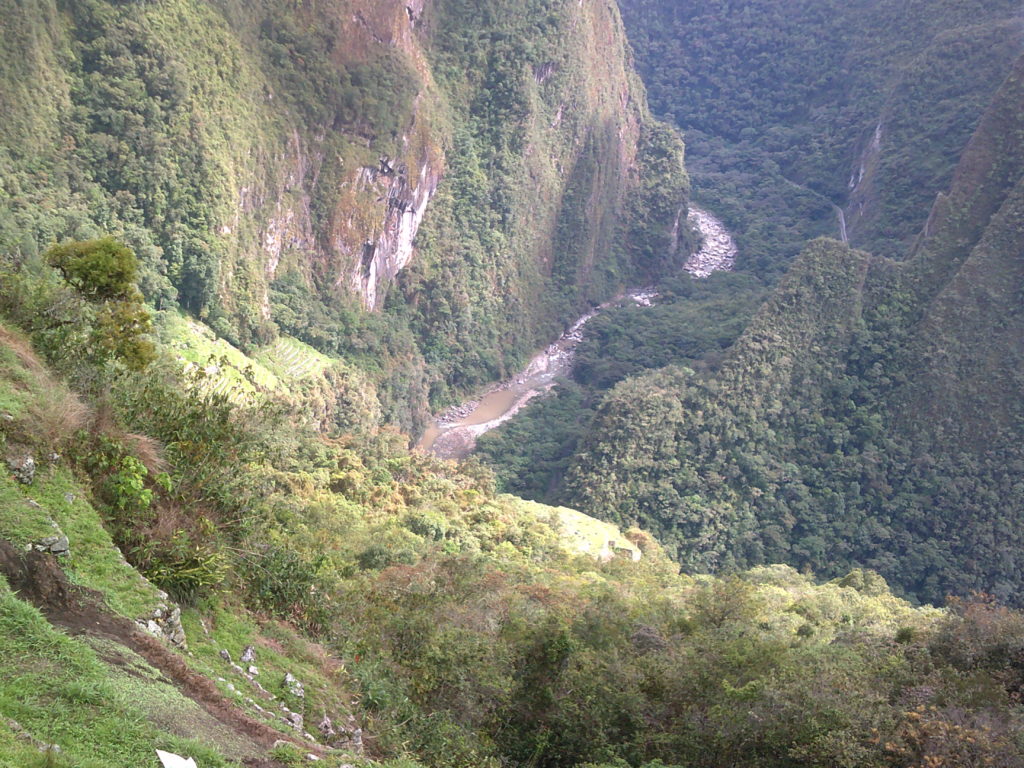

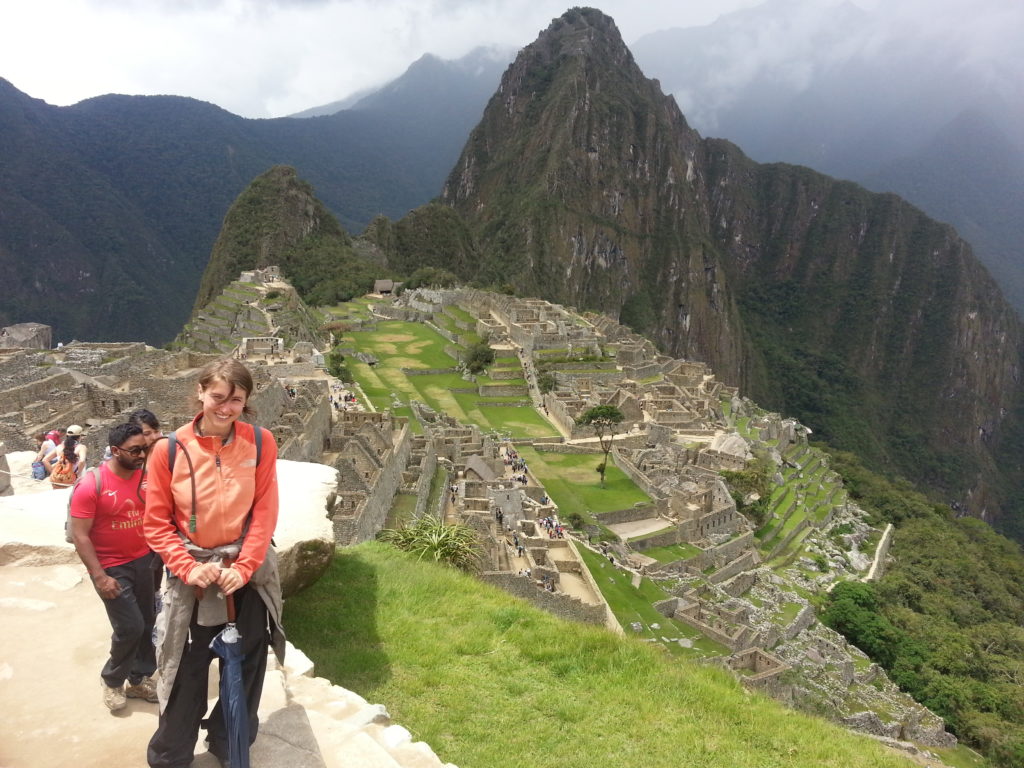
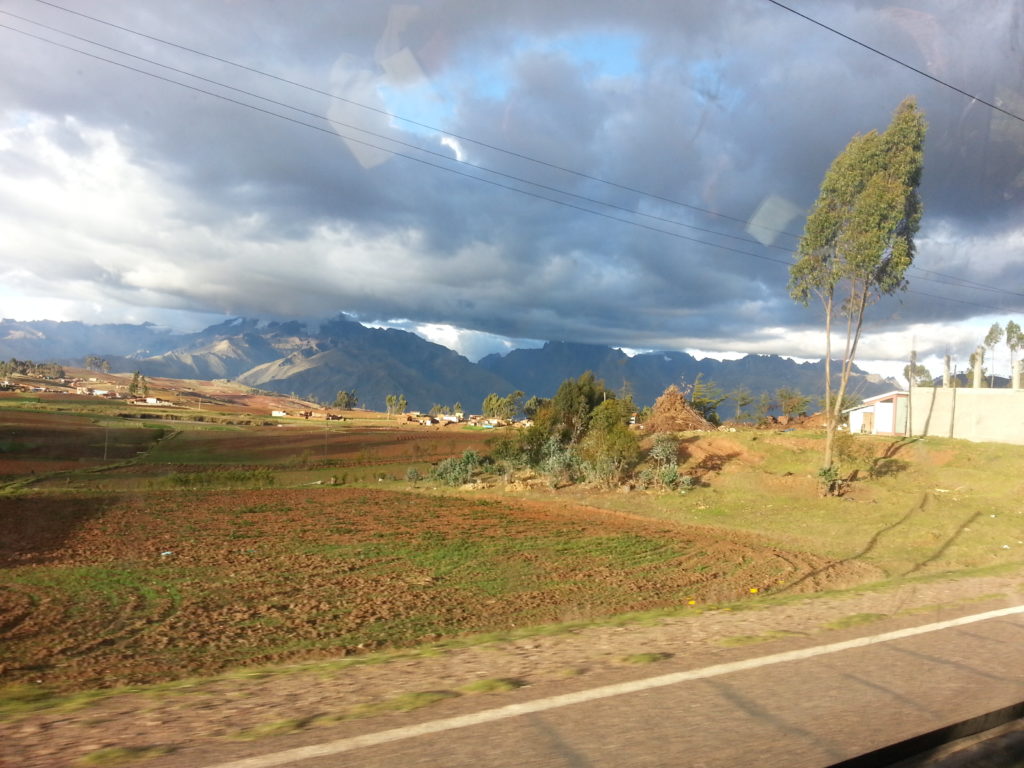
The way back to Cusco
-
Reserva Pacaya-Samiria
And we are back in Yurimaguas. The five days in the Reserve were just amazing. We had to start the trip late, since Paula got sick and we had to wait for her to stop throwing up. At first we wanted to take the collective boat to Lagunas, where the jungle tours start, but then we had to take the speedboat, since the collective boat still needed to be fueled up. We later found out from other people in the reserve that in the end it was 36 hours late. The speedboat of course was late, too, but only one hour.
With us there was a Canadian named Neil on the boat, who we met the evening before and who wanted to do the same tour as we. We ended up sharing two guides and a boat.
After a night in Lagunas we were picked up in the morning by one of our guides and since Peruvians always have a big breakfast we ate fish and rice at the market. After a visit to the police to register we were driven out into the reserve. There we had to register again and then out we went in the wooden canoe. Right at the beginning we saw some giant tarantula nets and a monkey in the trees. We stopped at a place called Trancas to eat lunch and take a break and then went on to Gloria, our place to sleep for the night. There we met a lot of people from Spain and France, who told us about their trip, which was pretty useful since we only understood half of what the guides told us.
On the second day there was a lot more paddeling, but we took a long break at a place called Pantheon. On the way there we saw some river dolphins. It was too hot to paddle and on top of that Max got sick and threw up all the time, which had our guides worried. We were already used to being sick, since a lot of the food here doesn’t agree with us. He was healthy again by the next day. In the next hut, late in the evening, we took a night tour with the canoe, where we saw some frogs, birds and our guide caught two crocodiles which we could hold. We also saw a puma in the bushes, but only the eyes and parts of the fur. Max and Neil each caught a fish with the spear, that the guides ate for breakfast.
On the third day we started with a trip into the forest, where we saw more monkeys, parrots, crabs, spiders and a land turtle. Also, lots of mosquitoes. For the night we paddled back to Pantheon, where we took another night trip. On the night trip we were warned that there would be a lot of fish jumping out of the water, and also into the boat. Paula caught a fish with her face, when it jumped out of the water, hit her in the face and landed in the boat. Spears are for beginners.
On the forth day we took another hike in the forest to a small lake. On the way we tried our first cacao fruit and there was a Liana swing where we could swing like Tarzan. Including the sounds. For the night we went back to Gloria. Since the waterlevel went down quite a bit, and we had to paddle upstream, the way back was quite hard for the two guides and Neil.
On the last day, we got stuck quite a lot on logs in the river and the guides had to shovel a lot of water from the boat, that always got in through a small leak. And for the first time in 25 years, the one guide fell out of the boat, when his paddle got stuck on plants in the water.
Back in Lagunas we drank a cold beer and on the next day at four o’clock in the morning we took the speedboat back to Yurimaguas.
It was an amazing trip, mostly thanks to our guides, Juan and Joel who always discovered animals we would never have seen, and taught us a lot, despite the language barrier.
Tomorrow we are leaving for Cusco, which is in the south of Peru and a two day busride away.



